What is brand strategy?
Brand strategy is a long-term plan typically developed by a company to establish and manage its brand in order to achieve specific business goals.
It involves defining and aligning various elements of a brand, such as its purpose, positioning, messaging, visual identity, and customer experience. The ultimate aim of brand strategy is to create a unique and compelling brand image that resonates with the target audience and differentiates the brand from competitors.
And it doesn't stop there. A well-defined brand strategy also helps guide other activities within a company. From inspiring prospective employees, to codifying how a company behaves and how it injects personality into a technology product or service, brand strategy when executed well should inform all touch points within a business.

Mailchimp's sweaty finger
Mailchimp's early brand was the antidote to big, bland and bloated corporate email tools. It was about helping small businesses grow and its quirky character personality reinforced this at every touch point.
Great brand strategy serves as a roadmap for decision-making and provides guidelines on how to consistently convey the brand's essence, values, and promises across different channels and touchpoints.
Why do technology companies need a brand strategy?
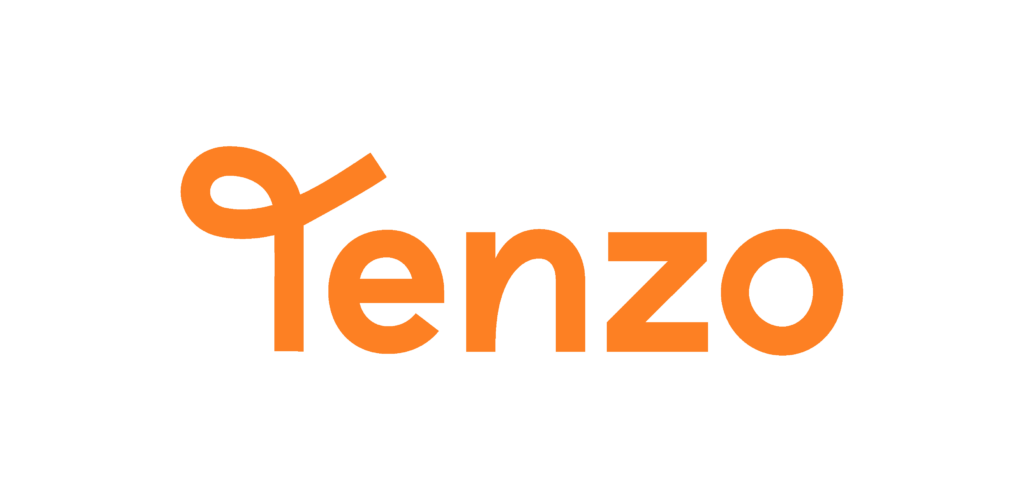
Tenzo
Technology companies need a brand strategy for several important reasons:
Differentiation: The technology industry is highly competitive, with numerous companies offering similar products or services. A strong brand strategy helps a technology company differentiate itself from competitors by defining its unique value proposition and positioning in the market. It enables the company to stand out and attract customers in a crowded marketplace.
Our brand positioning work for Tenzo enabled the company to define a completely new category that makes its solution a must-have as opposed to a nice-to-have.
Building trust and credibility: Technology products and services often involve complex and technical concepts. A well-crafted brand strategy helps simplify and communicate these concepts in a way that resonates with the target audience. It builds trust and credibility by establishing the company as an expert and reliable provider in its field.
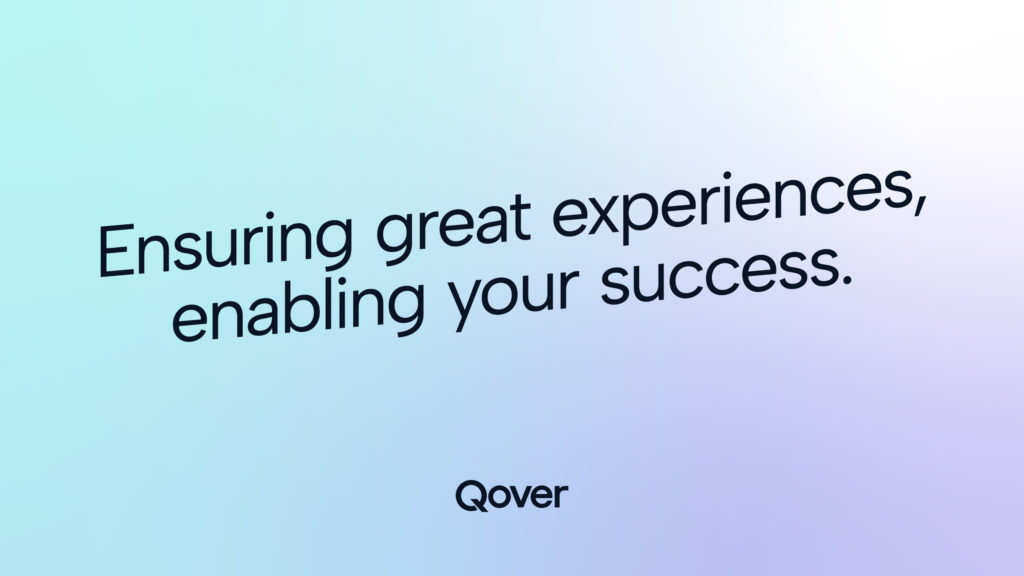
Qover
Our successful branding working for Qover enabled them to completely change the way their industry perceived them and create many new business opportunities.
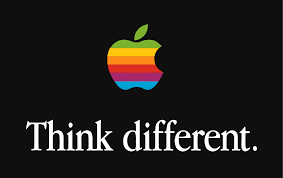
Apple's Think different
Creating emotional connections: Technology is not just about functionality; it also has an emotional component. A brand strategy helps technology companies connect with customers on an emotional level by defining their brand personality, values, and purpose. This emotional connection fosters brand loyalty and creates long-term relationships with customers.
Apple's brand story became synonymous with the misfits, the rebels, the troublemakers. The people who see the world differently.
Attracting and retaining talent: In what could be called a war for the best talent, attracting and retaining top talent in the technology industry is crucial. A strong brand strategy helps position the company as an employer of choice by communicating its culture, values, and opportunities for professional growth. It enhances the company's reputation and makes it more appealing to prospective employees.

Mews
Our branding strategy for Mews centred around enabling hoteliers to make the guest experience remarkable, and has helped it grow its employees and customers to become one of Europe's fastest-growing companies
Long-term sustainability: A well-defined brand strategy provides a long-term vision and roadmap for the technology company. It helps the company stay focused on its core values, purpose, and target audience, even as the industry and market conditions evolve. A strong brand strategy contributes to the company's long-term sustainability and adaptability.
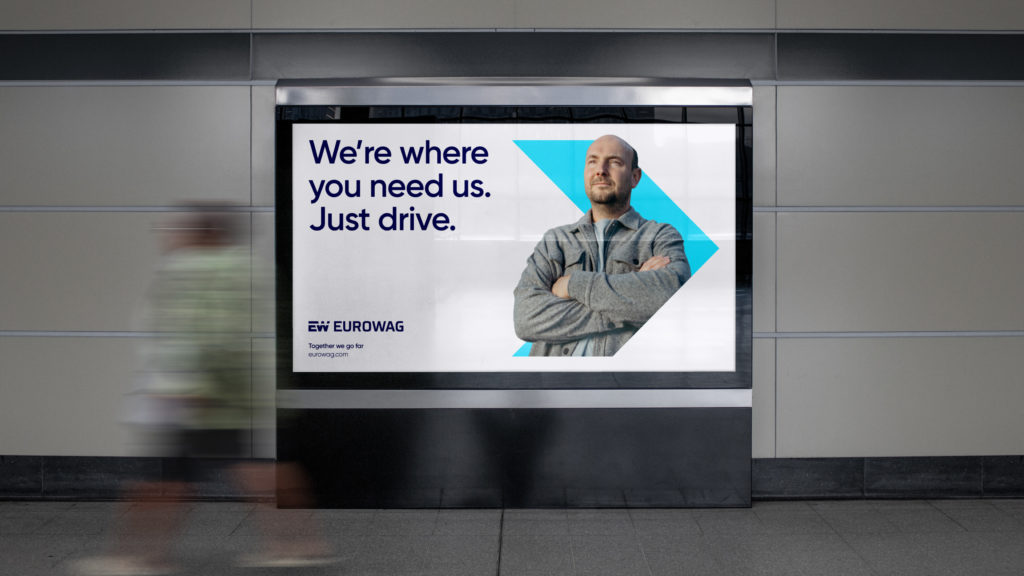
Eurowag
Our branding strategy for Eurowag helped it redefine its purpose to crystalise exactly how it could impact its industry for good – by making it clean, fair and efficient.
Financial value and competitive advantage: A strong brand strategy can have a direct impact on a technology company's financial value. A well-known and reputable brand commands higher customer loyalty, market share, and pricing power. It creates a competitive advantage that can drive revenue growth and increase the company's overall value.
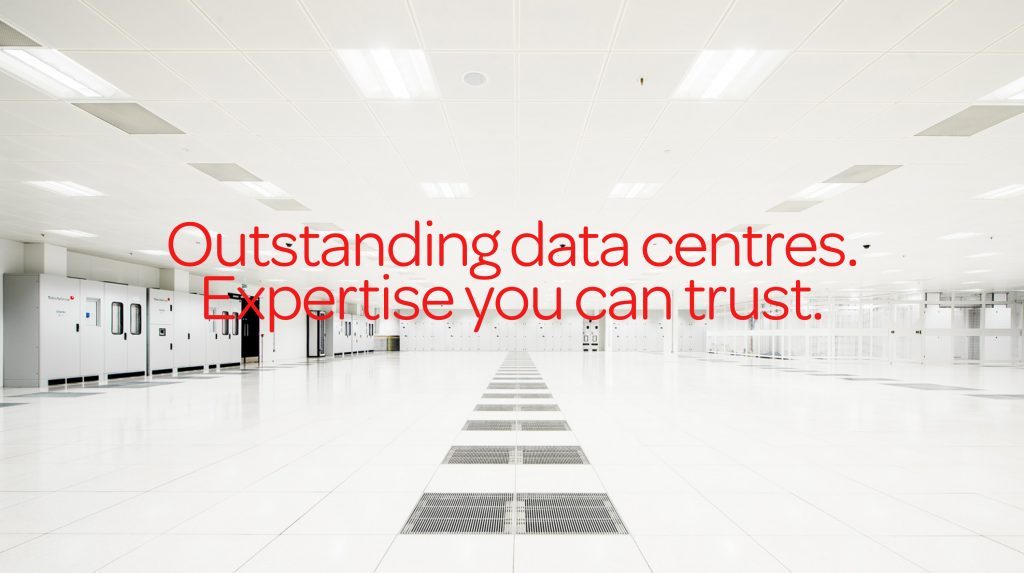
Telecity Group
Our successful branding strategy for TelecityGroup helped it becomes one of Europe's largest technology companies before its $3.2bn acquisition by Equinix Inc.
In summary, a successful brand strategy is essential for technology companies to differentiate themselves, build trust, create emotional connections, attract talent, drive adoption, and achieve long-term sustainability and financial success in a highly competitive industry.
How does business strategy relate to brand strategy?
Business strategy is a high-level plan that defines an organisation's goals and should make this actionable in terms of how a company will achieve them. It involves making strategic decisions and setting a direction for the entire business.
A technology company's branding strategy is a subset of business strategy and should support the company's overarching goals and objectives. Both strategies are important and interconnected, with brand strategy serving as a critical component within the broader business strategy.
Many branding agencies tend to include purpose, mission and vision within a brand development strategy but we would argue this is a more fundamental exercise which should live within an overall business strategy and drive the organisation's goals and their associated KPIs.
Why does it matter? It matters because purpose matters. For an organisation's purpose to have meaning and value, it should drive everything that a business does. If purpose, mission and vision are not rooted in a business's overall strategy it is unlikely to be truly meaningful.
What makes an effective brand strategy?
An effective branding strategy includes several key elements that must work together to create a strong and successful brand. Here are some important factors that contribute to an effective branding strategy:
Clear brand identity: An effective branding strategy starts with a clear and well-defined brand identity. This includes a distinct brand purpose, values, personality, and positioning that sets the brand apart from competitors. A clear brand identity helps establish a unique and recognisable brand image that resonates with the target audience.
Deep understanding of the target audience: A successful branding strategy requires a deep understanding of the target audience. This involves conducting thorough market research, analysing customer demographics, behaviours, needs, and preferences. By understanding the target audience, a brand can tailor its positioning, messaging and brand experience to effectively connect with and meet the needs of its customers.
Consistency: Consistency is a crucial element of an effective branding strategy. All touchpoints and channels should be aligned with the brand's identity to make the experience memorable and build trust and recognition among customers.
Differentiation: An effective branding strategy focuses on identifying and communicating points of differentiation that set the brand apart from competitors. It highlights the unique value proposition, competitive advantages, and benefits that the brand offers.
Emotional resonance: By understanding and tapping into the emotions, aspirations, and values of the target audience, a brand can create a deeper and more meaningful relationship with its customers. Emotional branding helps foster brand loyalty and advocacy.
Authenticity: Authenticity is crucial for building trust and credibility. A brand must be lived by an organisation for it to be authentic. From the feeling a product experience provides to how employees conduct themselves when interacting with customers, how a brand behaves is an important ingredient in how effective it will be.
Alignment with business strategy: An effective branding strategy is closely aligned with the overall business strategy and goals of the organisation. It supports and reinforces the broader objectives of the business, helping to drive growth, market share, and profitability. Branding strategy should be integrated into all aspects of the organisation's operations and decision-making processes.
Overall, an effective branding strategy creates a distinct and compelling brand identity, connects emotionally with the target audience, communicates points of differentiation, and aligns with the overall business strategy. It builds brand equity, loyalty, and market presence, contributing to the long-term success of the brand.
Explore how Structure's brand positioning and brand development work has helped accelerate our clients' growth.
How do you build a brand strategy?
The 9 steps to branding success.
Building a brand strategy involves a structured process that combines research, analysis, and strategic decision-making. Here are the key steps to build a brand strategy:
1/ Define brand purpose and values: Start by clarifying the purpose and values of your brand. Determine why your brand exists beyond making a profit and identify the core principles and beliefs that guide your brand's actions.
2/ Conduct market research: Perform market research to gain insights into your target audience, competitors, and industry trends. Understand the needs, preferences, behaviours, and pain points of your target customers. Analyse your competitors' brand positioning and messaging to identify opportunities for differentiation.
3/ Identify target audience: Define your target audience by creating customer personas based on the research findings. Segment your audience based on demographics, psychographics, behaviors, and other relevant factors. This will help you tailor your brand strategy and messaging to resonate with your ideal customers.
4/ Positioning and differentiation: Determine how you want your brand to be perceived in the market. Identify your unique value proposition and competitive advantages that set your brand apart from competitors. Develop a positioning statement that clearly communicates your brand's unique selling points and the benefits you offer to your target audience.
5/ Brand personality and voice: Define the personality traits and tone of voice that reflect your brand's character and values. This will guide the way you communicate with your audience and help create a consistent brand image.
6/ Create a visual Identity (or brand identity): Develop a visual identity that includes elements such as a logo, colour palette, typography, and imagery. Ensure that your visual identity aligns with your brand's personality and resonates with your target audience. Consistency in visual branding is crucial for creating brand recognition and recall.
7/ Messaging and communication: Craft key messages that convey your brand's value proposition, benefits, and unique attributes. Develop a brand story that emotionally engages your target audience and communicates your brand's purpose and values. Create guidelines for consistent brand messaging across various communication channels.
8/ Brand experience: Define the desired brand experience at every touchpoint. This includes product design, packaging, retail environments, online platforms, customer service, and interactions with your brand. Ensure that the brand experience aligns with your brand strategy and reinforces your desired brand perception.
9/ Implementation and monitoring: Roll out your brand strategy across all relevant channels and touchpoints. Monitor and evaluate the effectiveness of your brand strategy over time. Gather feedback from customers and track key performance indicators to assess the impact of your brand strategy on brand awareness, perception, and customer loyalty.
Remember that building a brand strategy is an ongoing process. Continuously monitor market trends, customer needs, and competitive landscape to adapt and refine your brand strategy as needed to stay relevant and connected with your audience.
Where should your brand strategy live?
Your brand strategy should be formalised alongside the creative attributes of the brand within your company's brand guidelines. This is important as it gives the brand meaning.
Typical brand guidelines contains:
Brand overview: Provides an introduction to the brand–history, mission, vision, and core values. This section sets the context for the brand and helps readers understand its essence.
Brand Identity: Defines the visual elements that represent the brand, including:
a. Logo Usage: Specify clear guidelines for logo usage, including size, placement, colour variations, minimum clear space, and what not to do with the logo (e.g., stretching, distorting, altering).
b. Colour Palette: Present the brand's primary and secondary colour palette, specifying colour codes (RGB, CMYK, and HEX values) and providing guidelines on how and when to use each colour.
c. Typography: Specify the fonts and font styles to be used consistently across brand materials. Include guidelines for headings, subheadings, body text, and any additional typography considerations.
d. Imagery and Photography: Define the style and tone of imagery and photography that should be used to represent the brand. Specify guidelines for image selection, composition, mood, and any specific treatments or filters to be applied.
Brand voice and tone: Defines the personality and characteristics of the brand's voice, including the appropriate tone, language style, and messaging guidelines. Provide examples of how the brand should communicate in different contexts (e.g., formal, casual, informative).
Messaging and copywriting: Offers guidelines for creating brand messaging and copywriting. Specifies the brand's key messages, taglines, and preferred writing style. And, provides guidance on tone, grammar, punctuation, and usage of brand-specific terminology.
Application examples: Showcase real-life examples of the brand applied consistently across various touchpoints, such as stationery, packaging, digital platforms, advertisements, and other marketing materials. This helps illustrate how the brand guidelines should be implemented.
Brand usage: Outline the dos and don'ts of brand usage, including rules for brand placement, clear space, and any restrictions on altering the logo or visual elements. Specify how the brand should be presented in different contexts, such as print, digital media, and social media.
Actual brand applications: Depending on a branding project's scope a guidelines document may also include templates for specific applications such as stationery, business cards, letterheads, email signatures, social media profiles, website design, and any other relevant brand touchpoints.
In summary
To sum up, a strong brand strategy is crucial for technology companies. It helps differentiate them, build trust, create emotional connections, attract talent, ensure sustainability, and drive financial value. Key elements of an effective brand strategy include clear brand identity, understanding the target audience, consistency, differentiation, emotional resonance, authenticity, and alignment with business objectives.
The process involves defining purpose and values, conducting research, positioning and differentiation, developing brand personality and visual identity, crafting messaging, designing the brand experience, and monitoring results.
The brand strategy should be documented in brand guidelines to ensure consistency. Continuous monitoring and adaptation are necessary to stay relevant. Ultimately, a successful brand strategy contributes to the long-term growth and success of technology companies.
//
Read more from our brand strategy series:
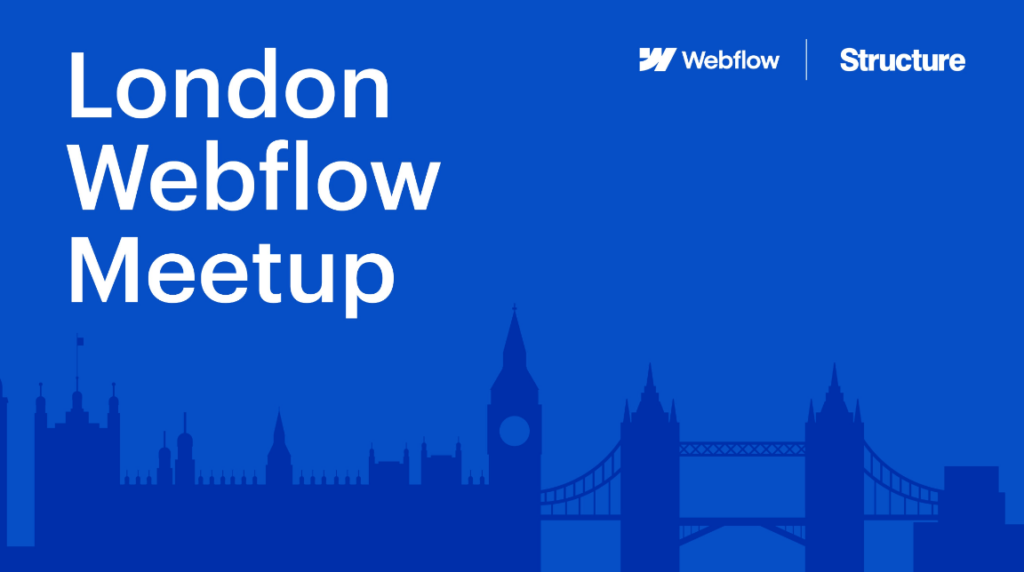
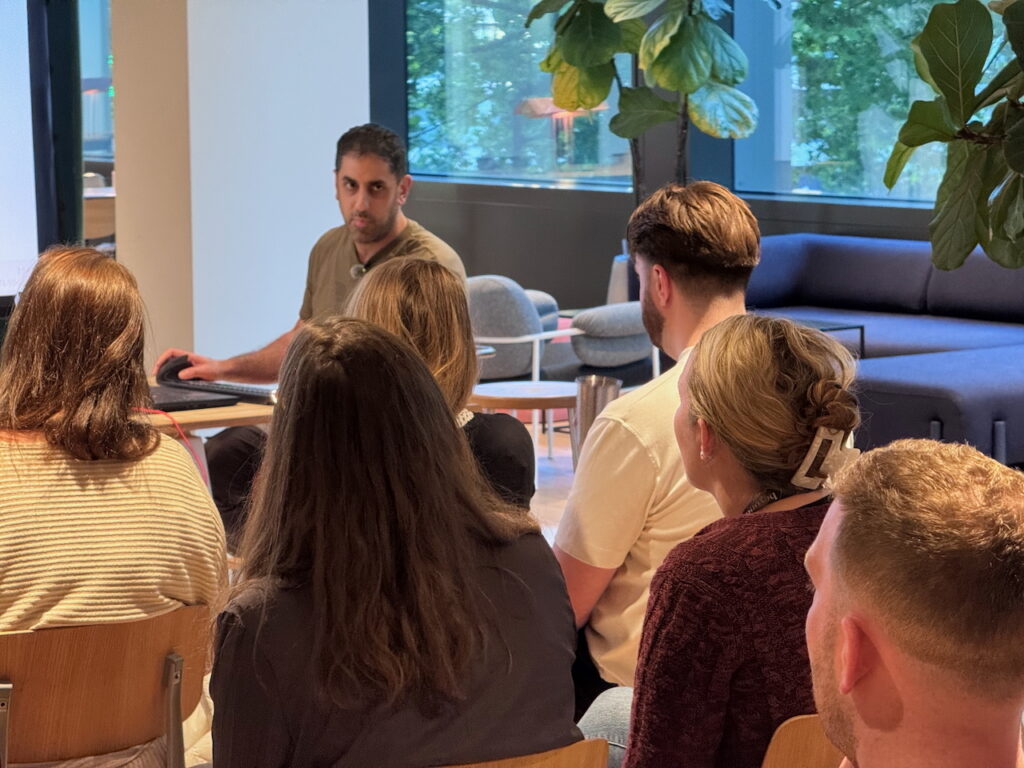

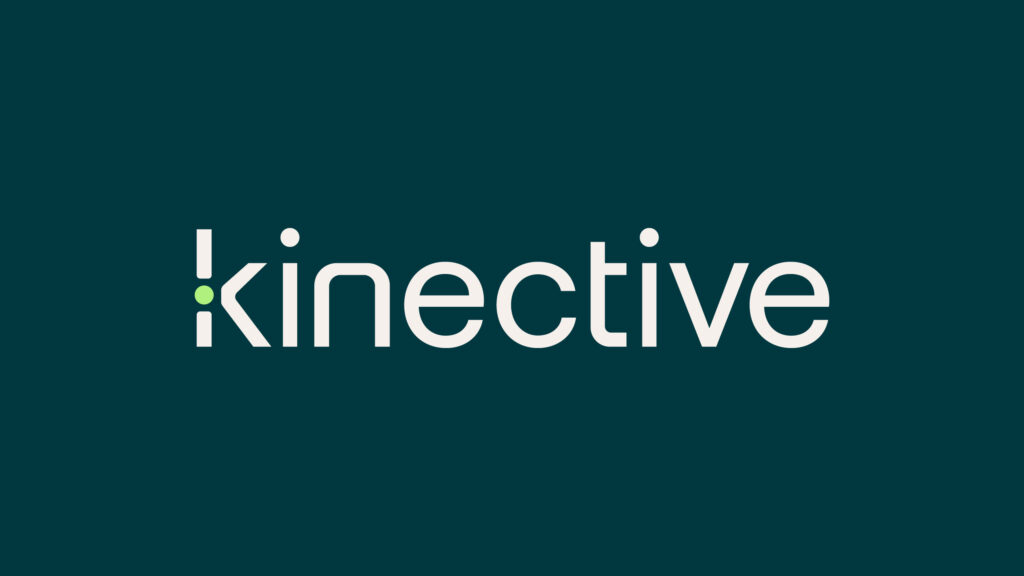
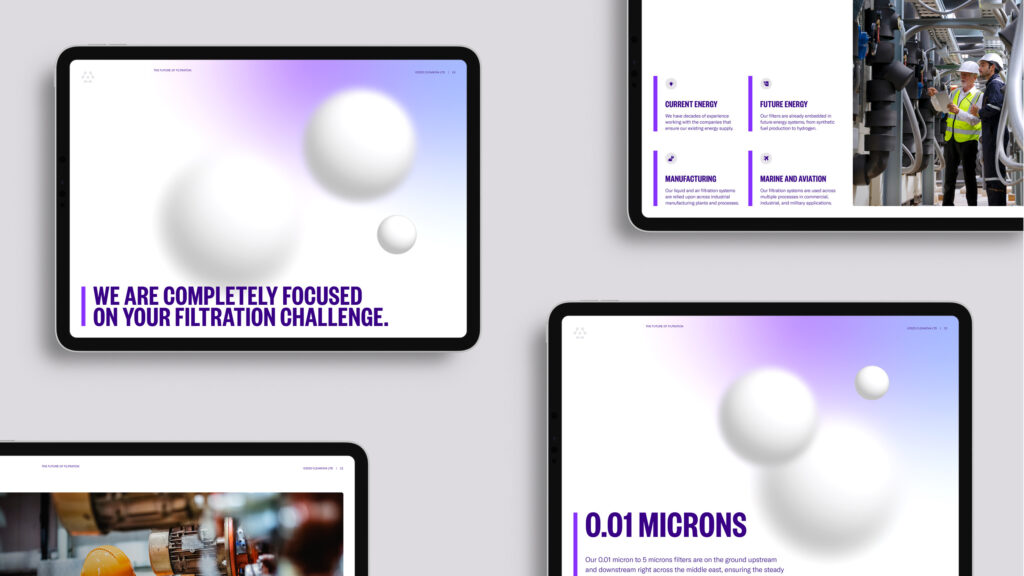
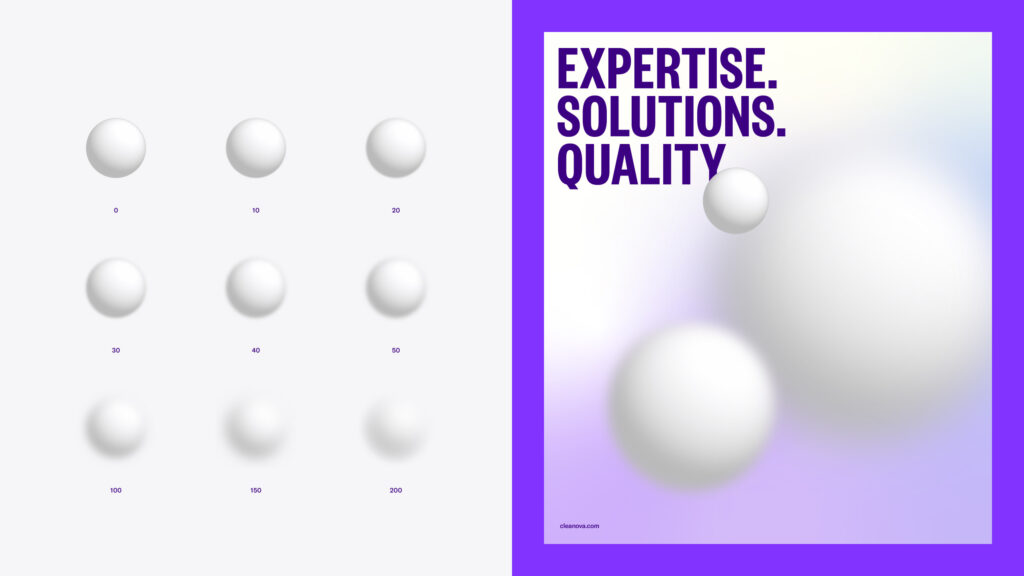
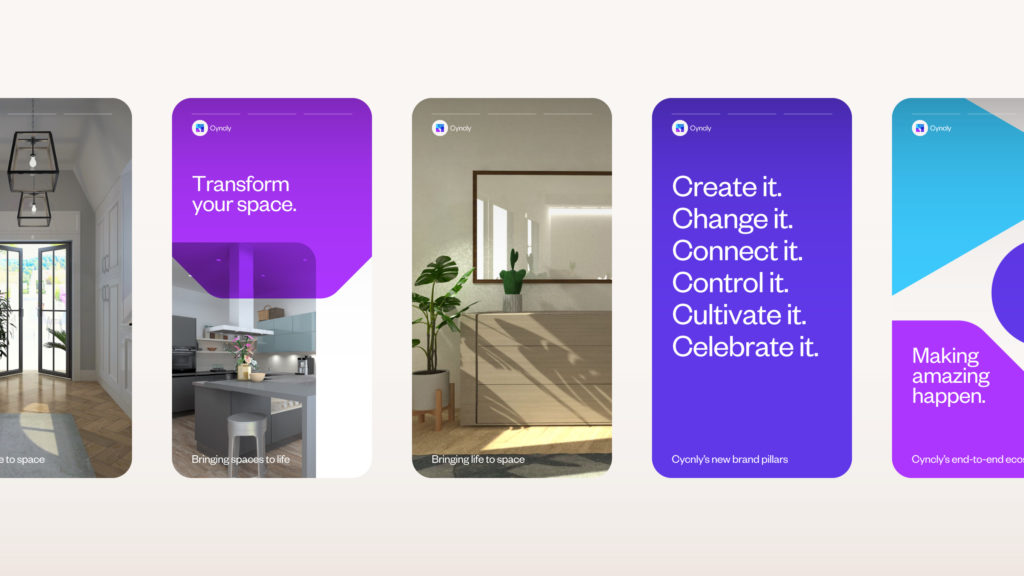
 In this episode: This episode, with
In this episode: This episode, with 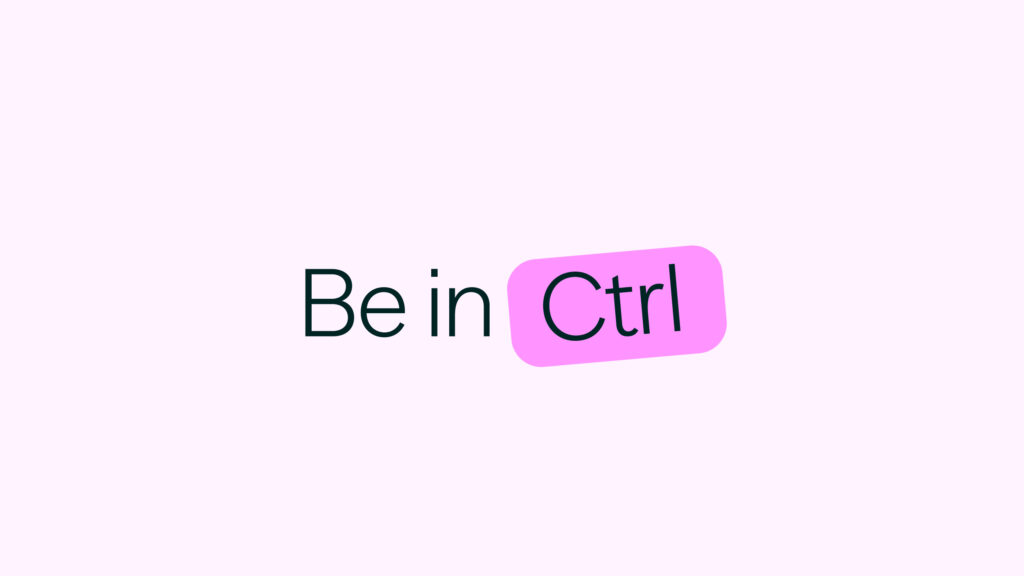

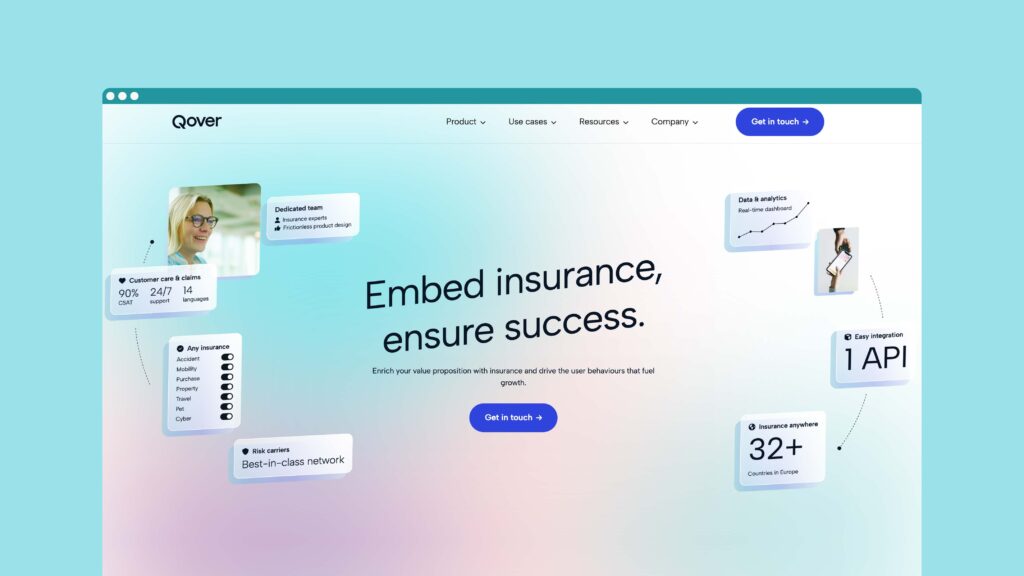
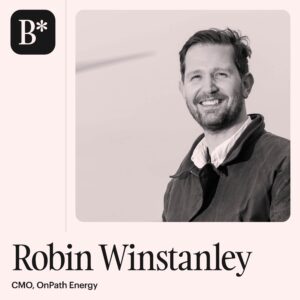 In this episode: Robin Winstanley from
In this episode: Robin Winstanley from 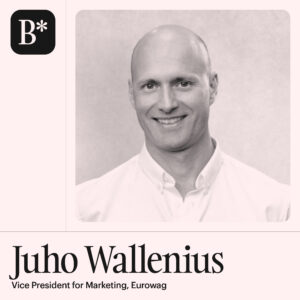 In this episode: we dive deep into the transformative journey of Eurowag’s branding project. We reflect on the creative process, highlighting the importance of building on existing foundations rather than starting from scratch. They discuss the significance of Eurowag's purpose statement and how it brought clarity and unity across the company. Juho shares insights on the impact of the rebranding on Eurowag’s products, marketing communications, and overall strategy.
In this episode: we dive deep into the transformative journey of Eurowag’s branding project. We reflect on the creative process, highlighting the importance of building on existing foundations rather than starting from scratch. They discuss the significance of Eurowag's purpose statement and how it brought clarity and unity across the company. Juho shares insights on the impact of the rebranding on Eurowag’s products, marketing communications, and overall strategy. In this episode: we delve into the world of fractional real estate investment, demystifying complexities and exploring innovative approaches with
In this episode: we delve into the world of fractional real estate investment, demystifying complexities and exploring innovative approaches with 
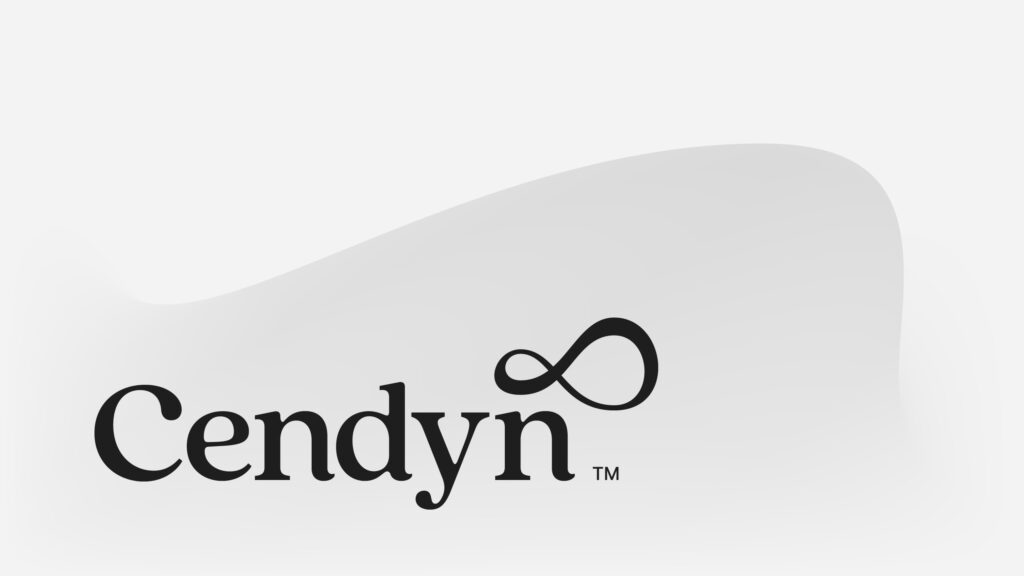
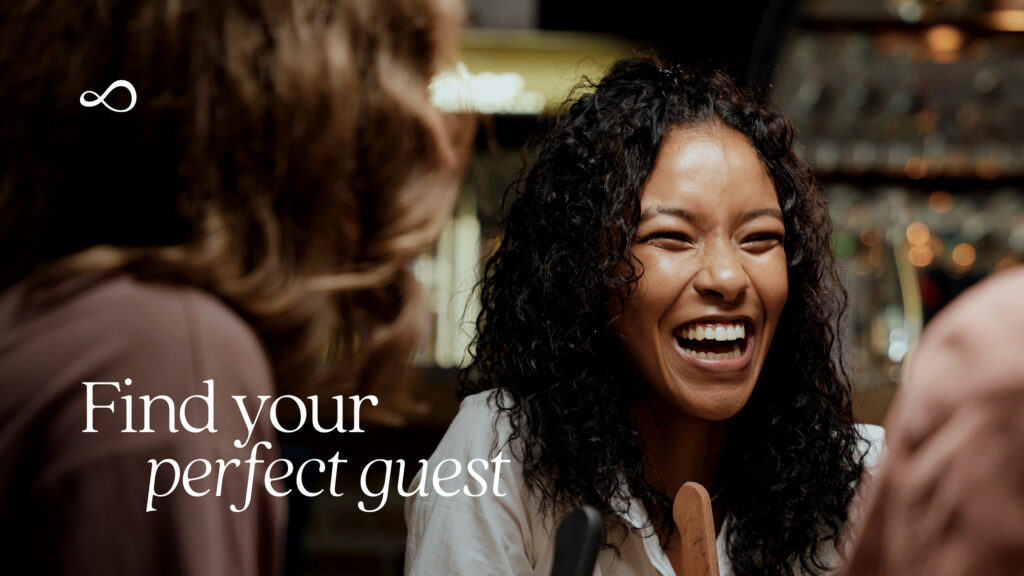
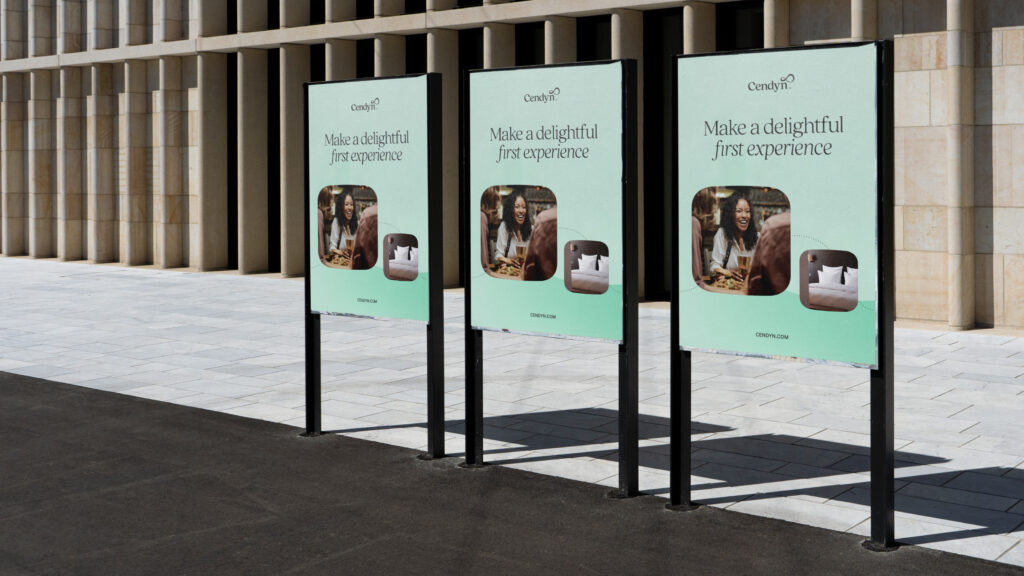
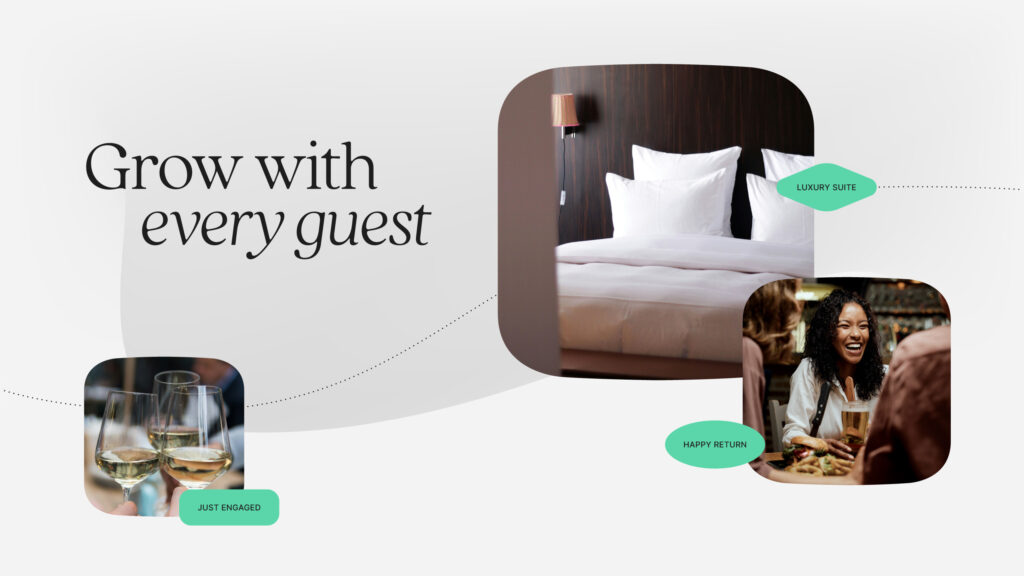
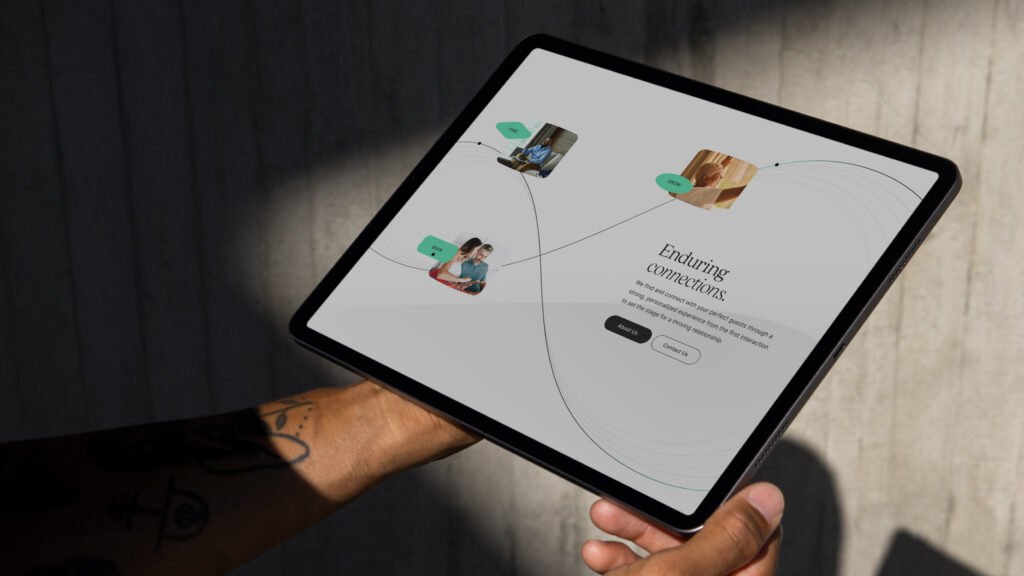

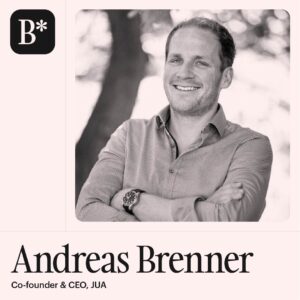
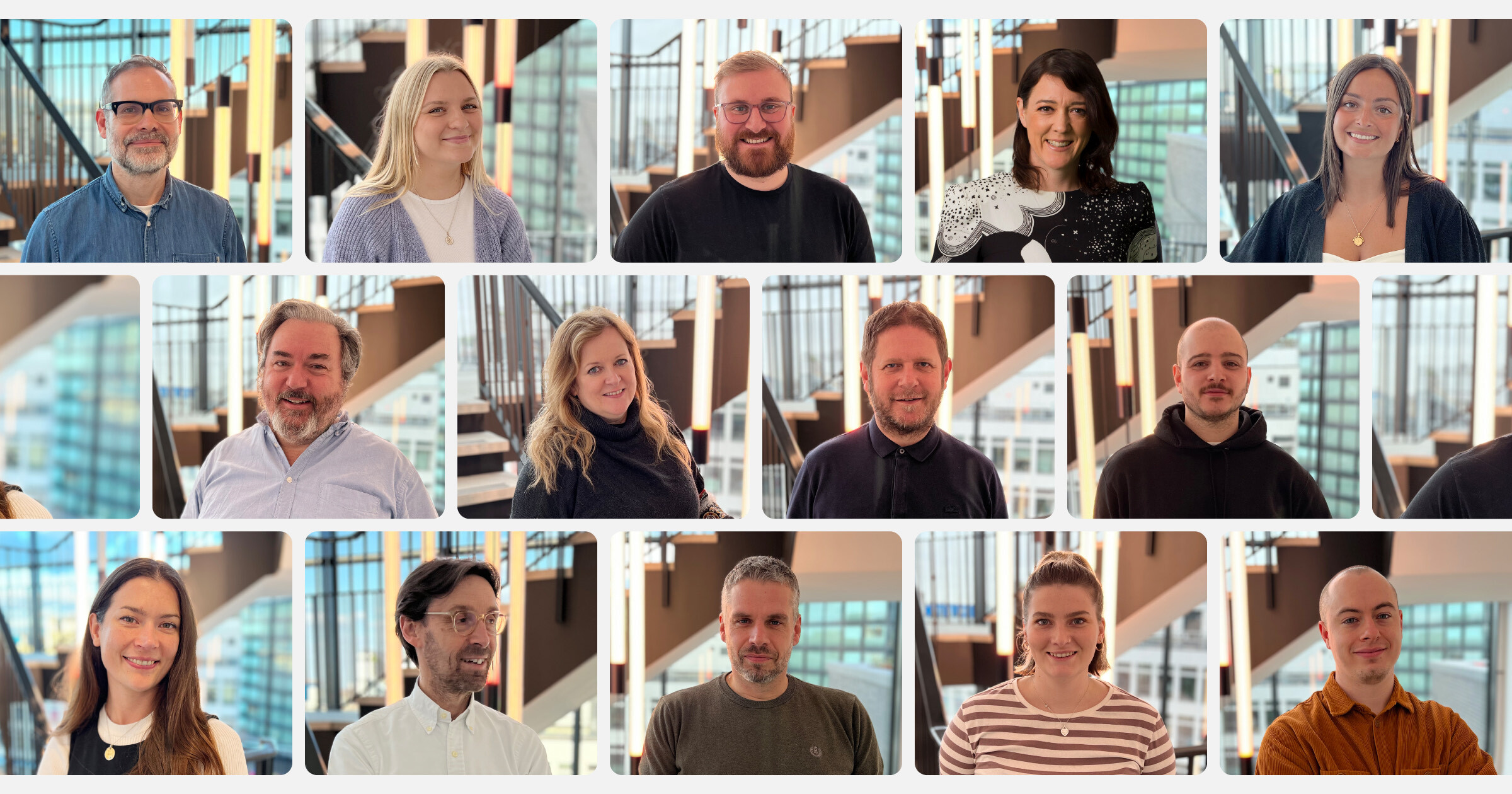
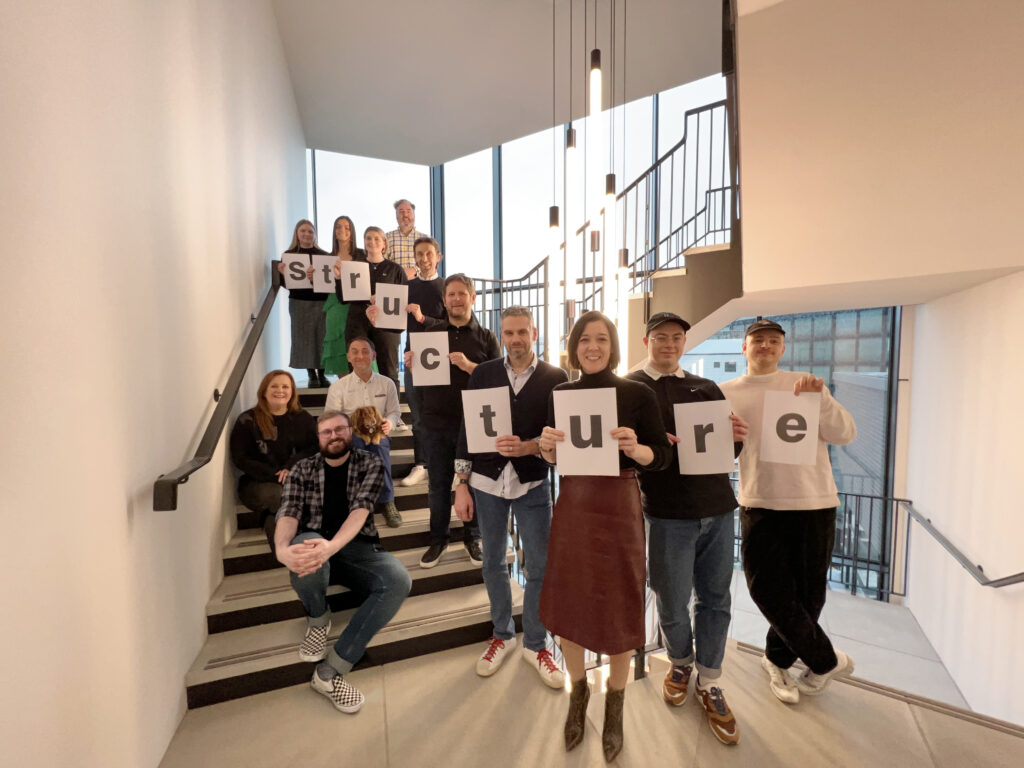
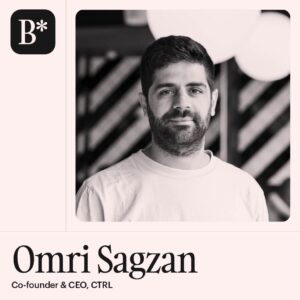 Episode 8: In this episode, Omri Sagan, Co-founder and CEO of technology start-up CTRL, shares how the process of creating and defining the brand helped CTRL scale and grow.
Episode 8: In this episode, Omri Sagan, Co-founder and CEO of technology start-up CTRL, shares how the process of creating and defining the brand helped CTRL scale and grow.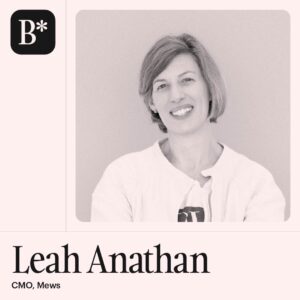 Episode 7: In the dynamic world of technology and marketing, the role of the Chief Marketing Officer (CMO) has seen a remarkable transformation over the past decade. Join us as Leah Anathan, the visionary CMO of Mews—an innovative hospitality management cloud, takes centre stage in our latest episode of The B Word. Explore how the marketing function has ascended to the top table, becoming increasingly quantifiable, measurable, and significantly revenue-driven.
Episode 7: In the dynamic world of technology and marketing, the role of the Chief Marketing Officer (CMO) has seen a remarkable transformation over the past decade. Join us as Leah Anathan, the visionary CMO of Mews—an innovative hospitality management cloud, takes centre stage in our latest episode of The B Word. Explore how the marketing function has ascended to the top table, becoming increasingly quantifiable, measurable, and significantly revenue-driven.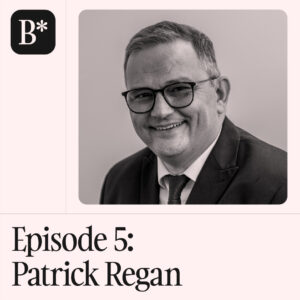 Episode 5: This month we are talking to Patrick Regan OBE about the launch this month of his new charity and book,
Episode 5: This month we are talking to Patrick Regan OBE about the launch this month of his new charity and book,  Episode 6: In this episode we talk to Christian Mouysset co-founder of Restaurant PerformanceOps platform
Episode 6: In this episode we talk to Christian Mouysset co-founder of Restaurant PerformanceOps platform 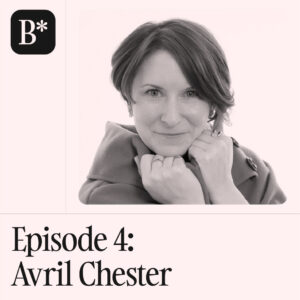 Episode 4: Avril Chester, founder of healthtech
Episode 4: Avril Chester, founder of healthtech  Episode 3: In this episode, host John Galpin, co-founder, Design by Structure speaks to special guest, Paul Mills, CEO and founder of VCMO. Paul launched VCMO in June '23, he discusses his new proposition for the marketing industry, and how he hope to foster positive change for the role of the CMO.
Episode 3: In this episode, host John Galpin, co-founder, Design by Structure speaks to special guest, Paul Mills, CEO and founder of VCMO. Paul launched VCMO in June '23, he discusses his new proposition for the marketing industry, and how he hope to foster positive change for the role of the CMO.
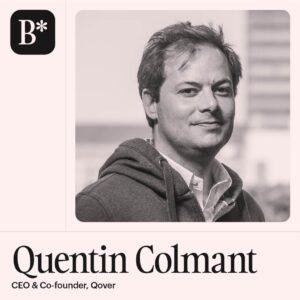
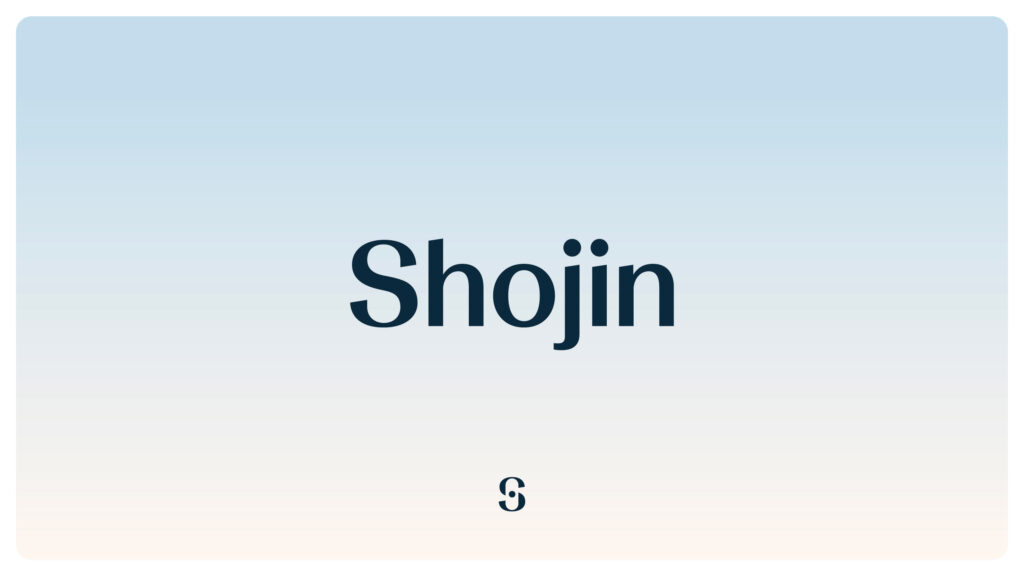
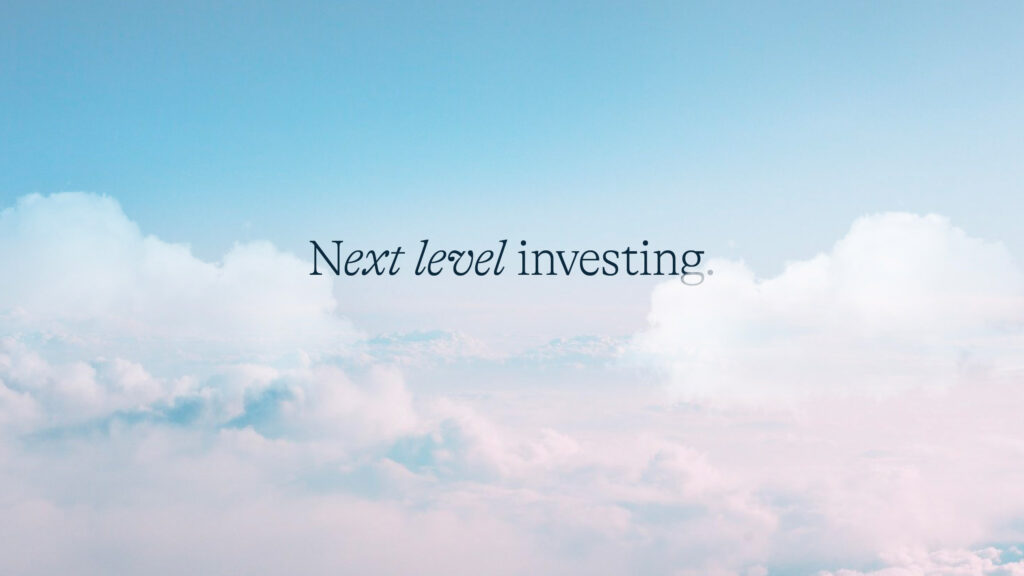
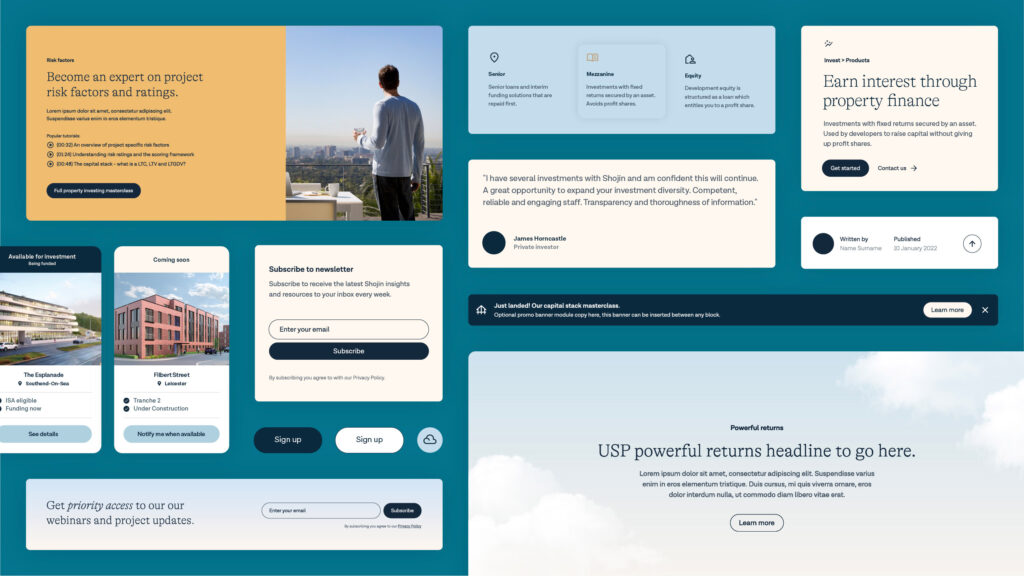
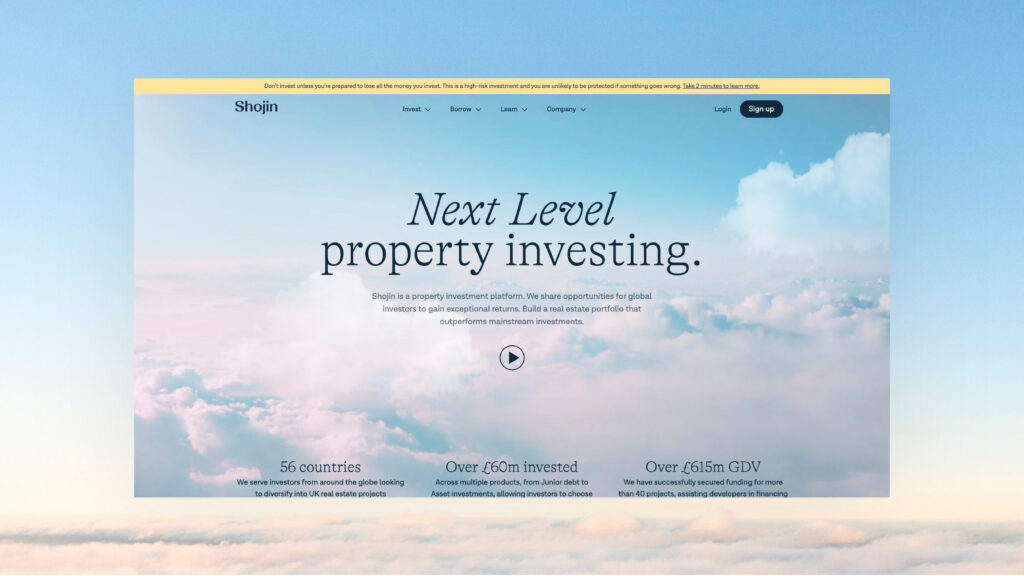

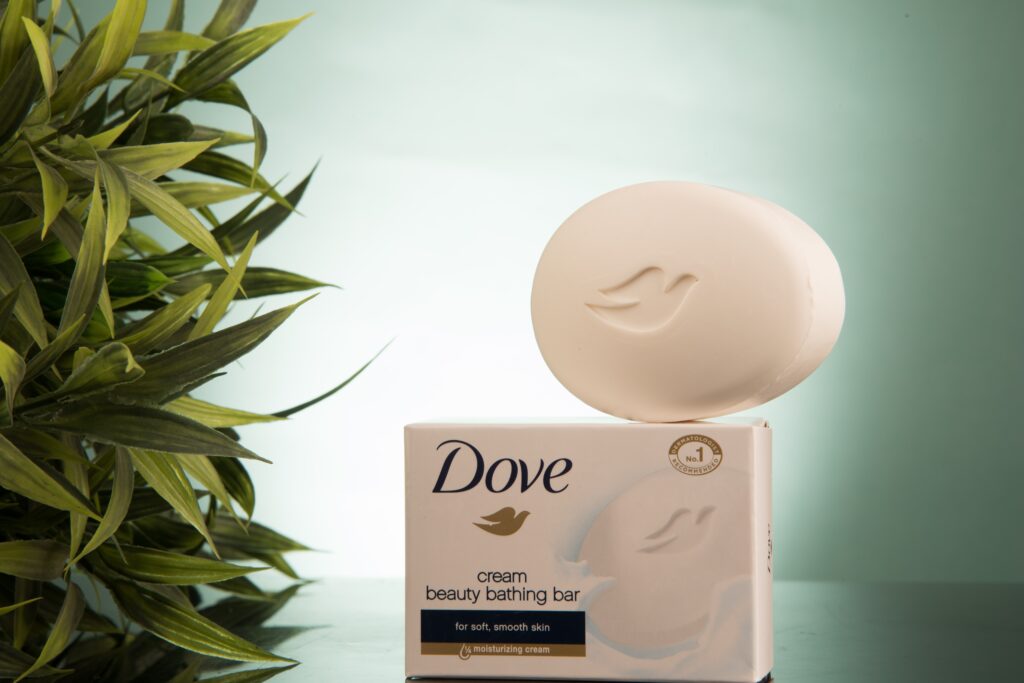








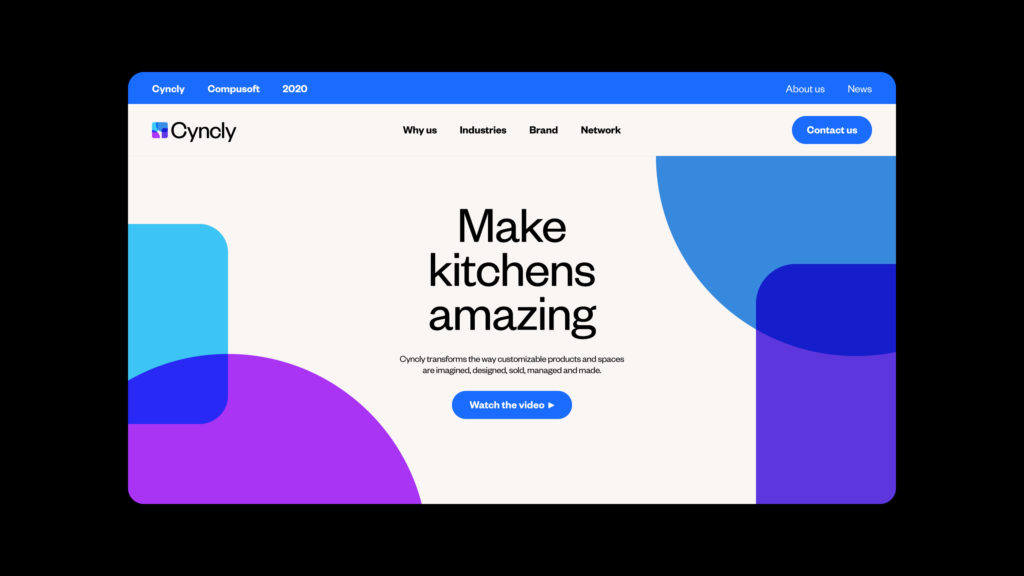
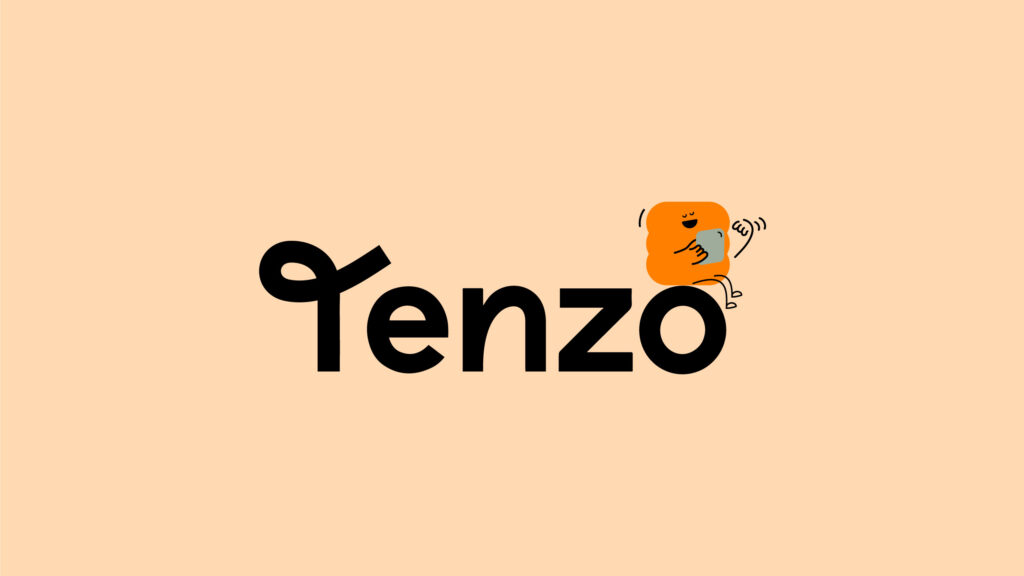
 Tenzo is a powerful analytics and sales forecasting platform for restaurants, bars, and cafes. It integrates within the POS, staff resourcing and inventory systems, allowing users to view all their data in one place. Following a successful growth period, Tenzo wants to align its brand and drive appeal to new audiences.
Tenzo is a powerful analytics and sales forecasting platform for restaurants, bars, and cafes. It integrates within the POS, staff resourcing and inventory systems, allowing users to view all their data in one place. Following a successful growth period, Tenzo wants to align its brand and drive appeal to new audiences.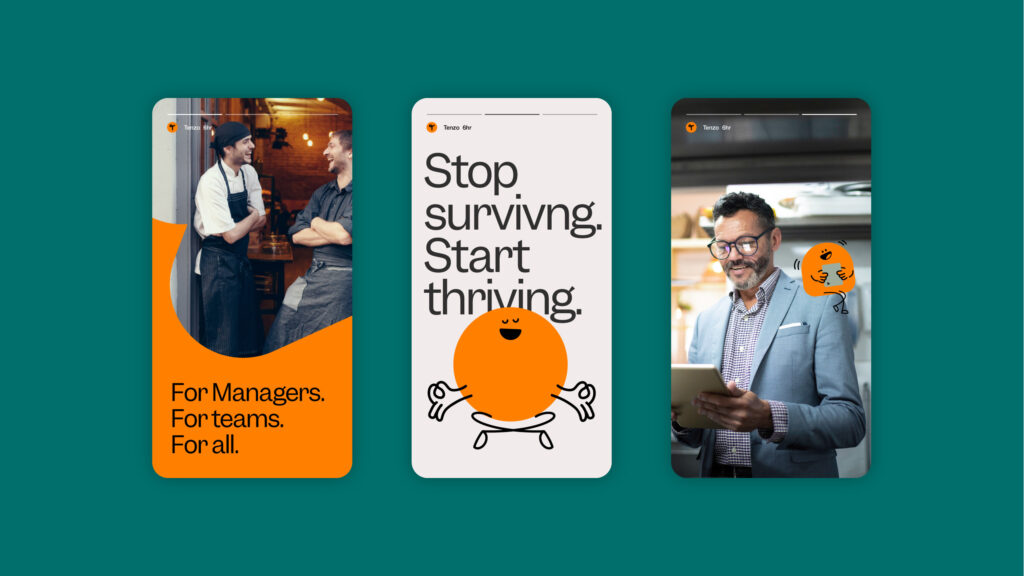

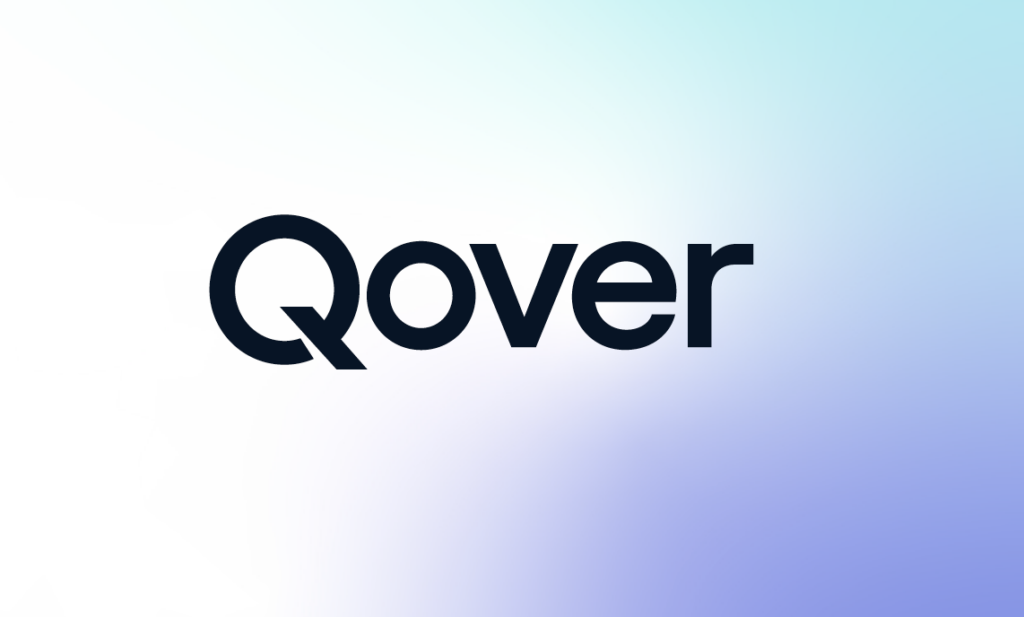
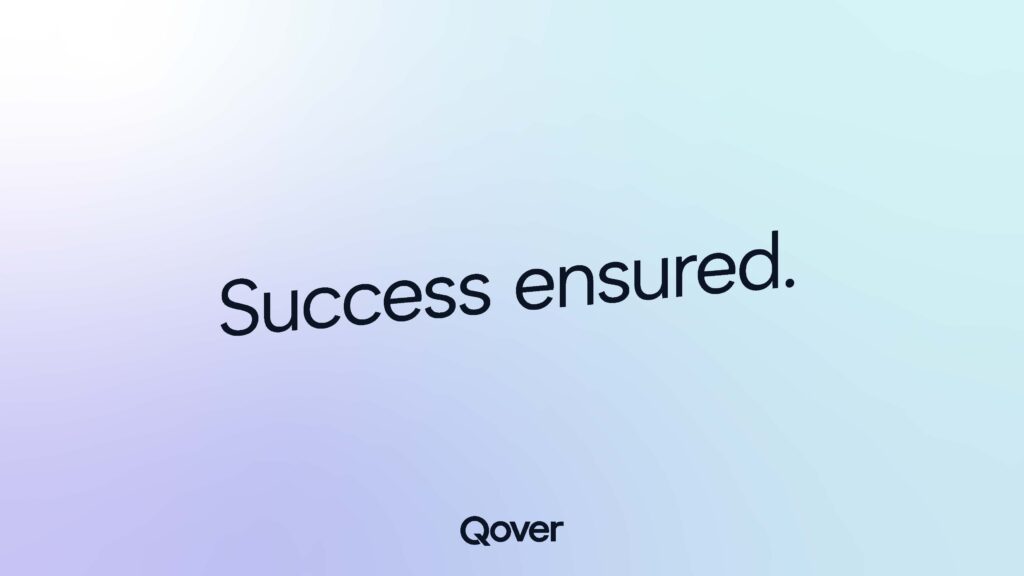
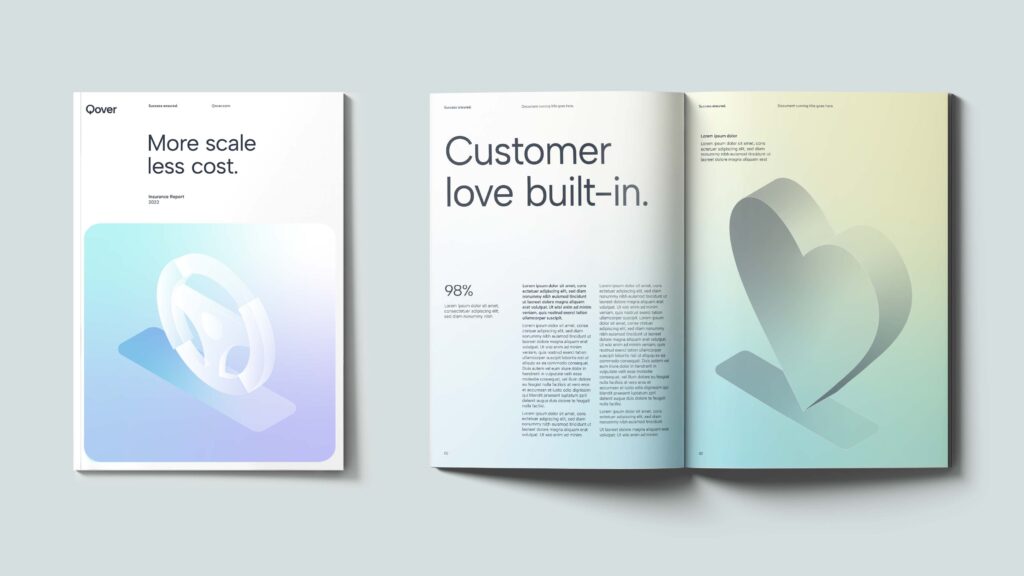
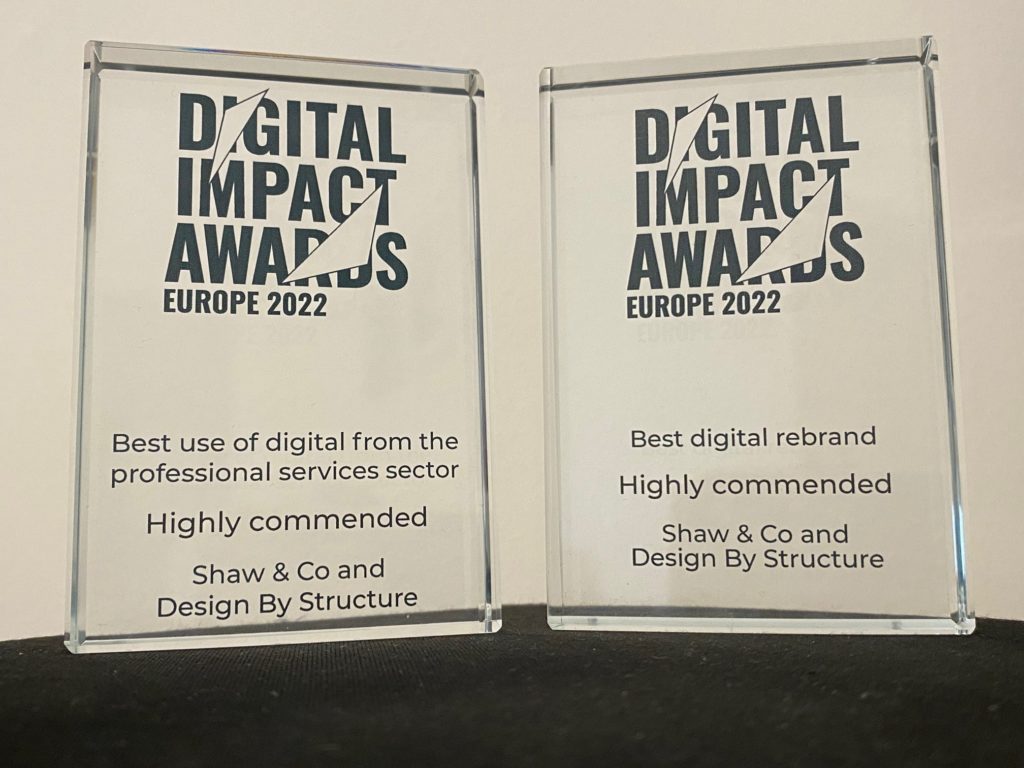
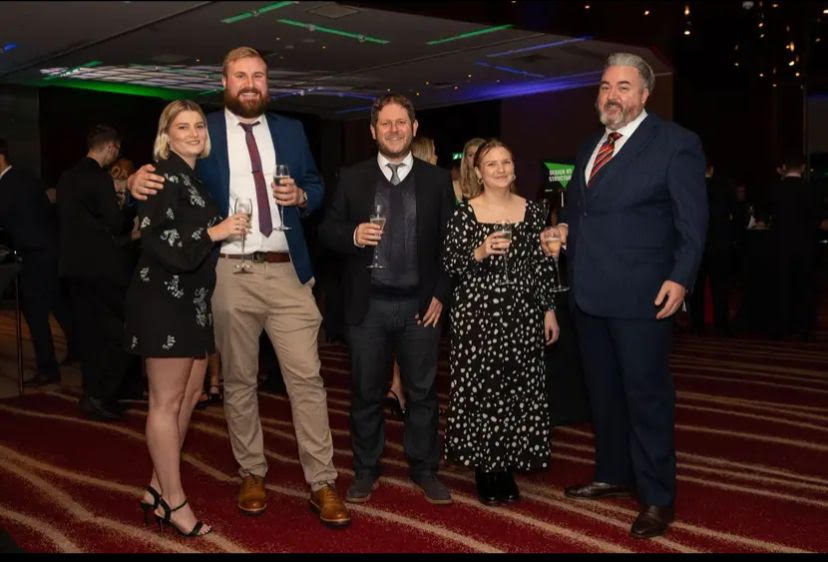
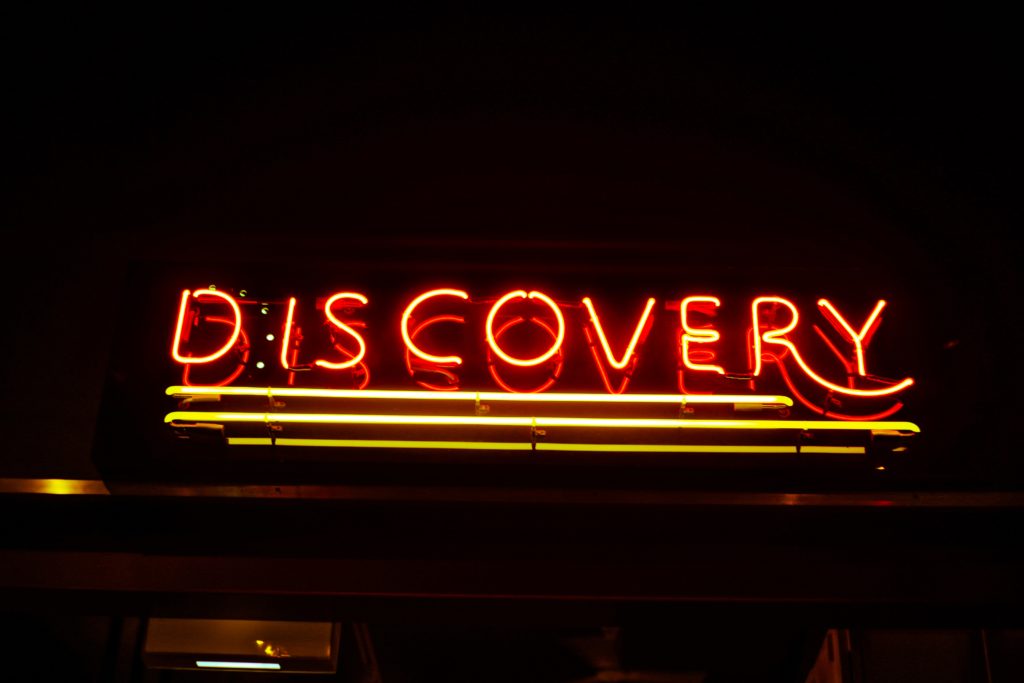







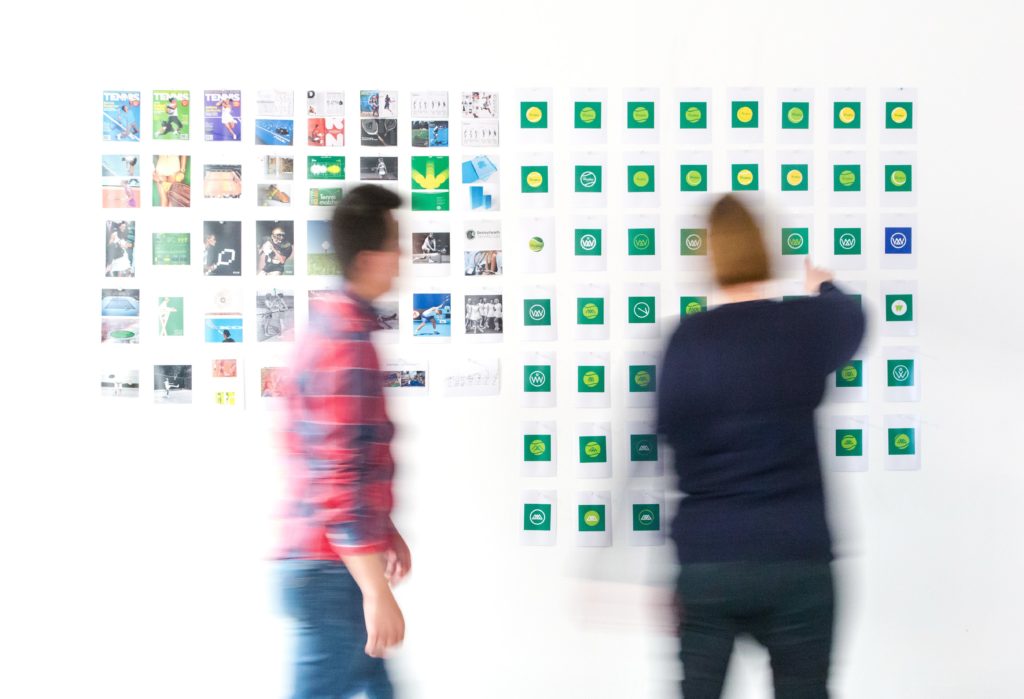


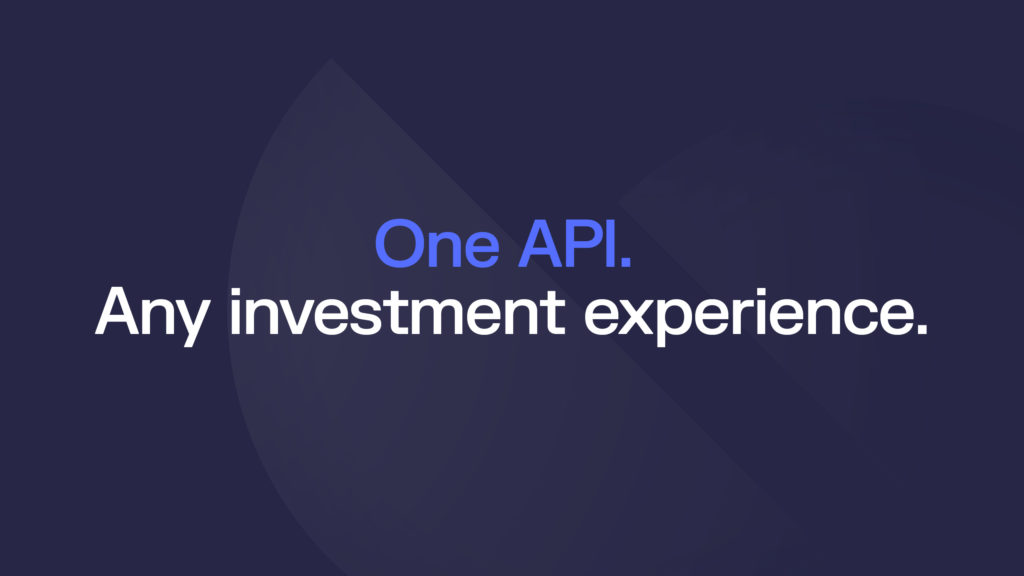
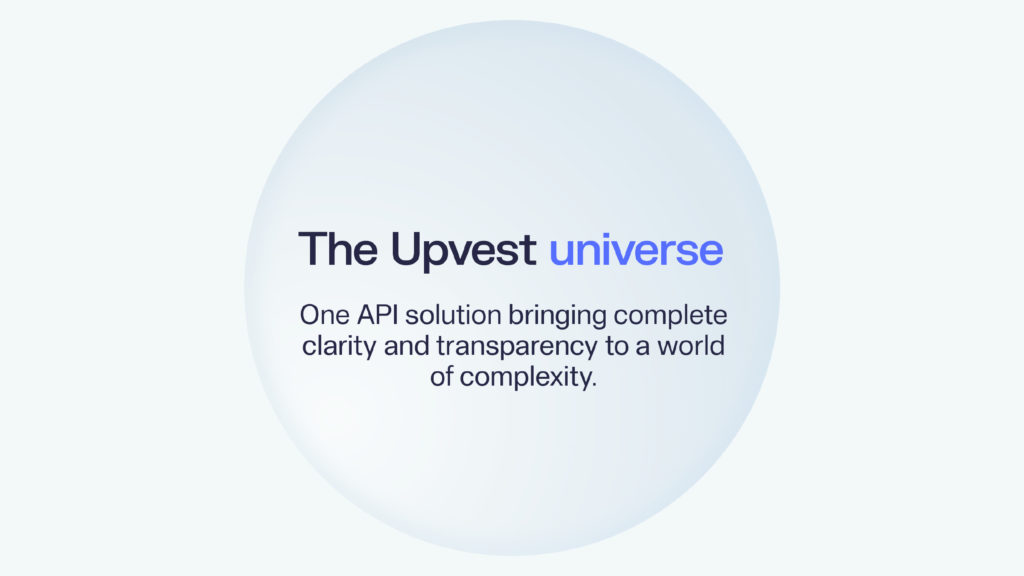
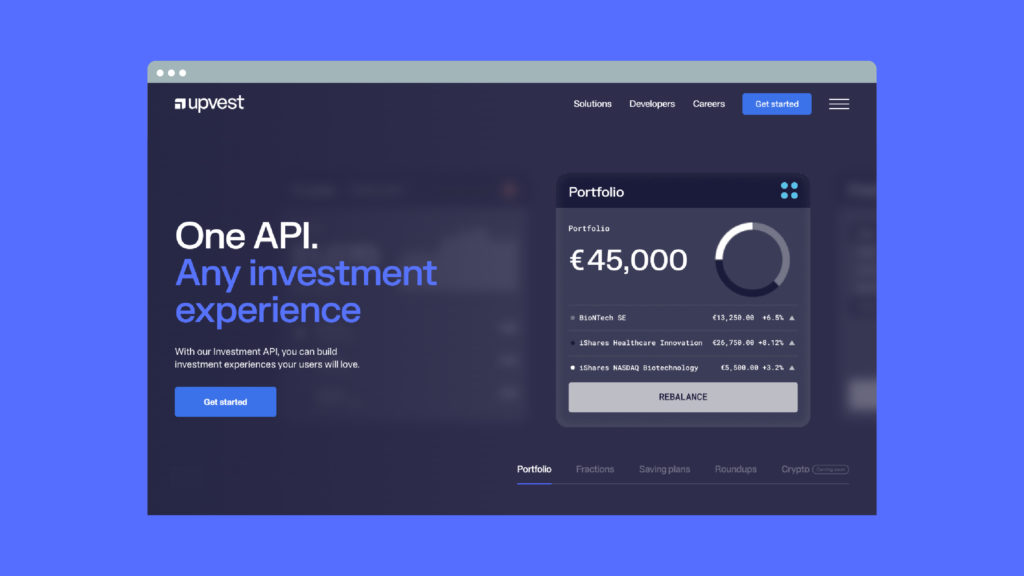
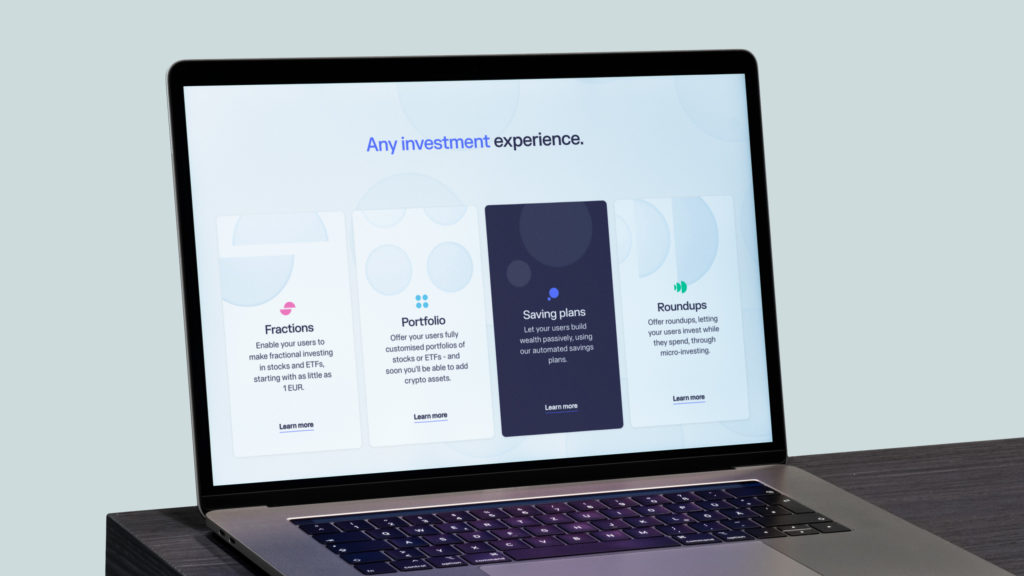
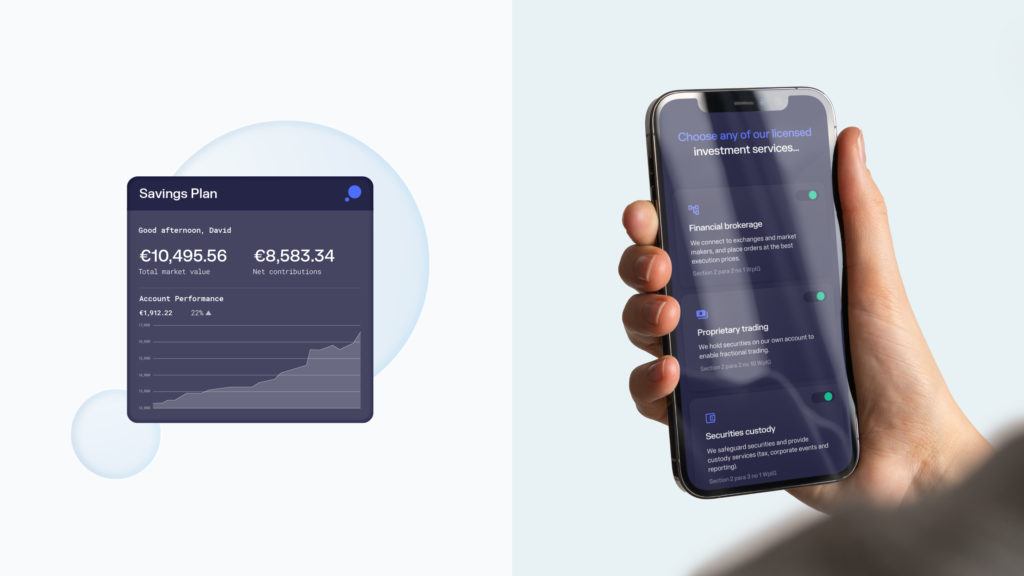
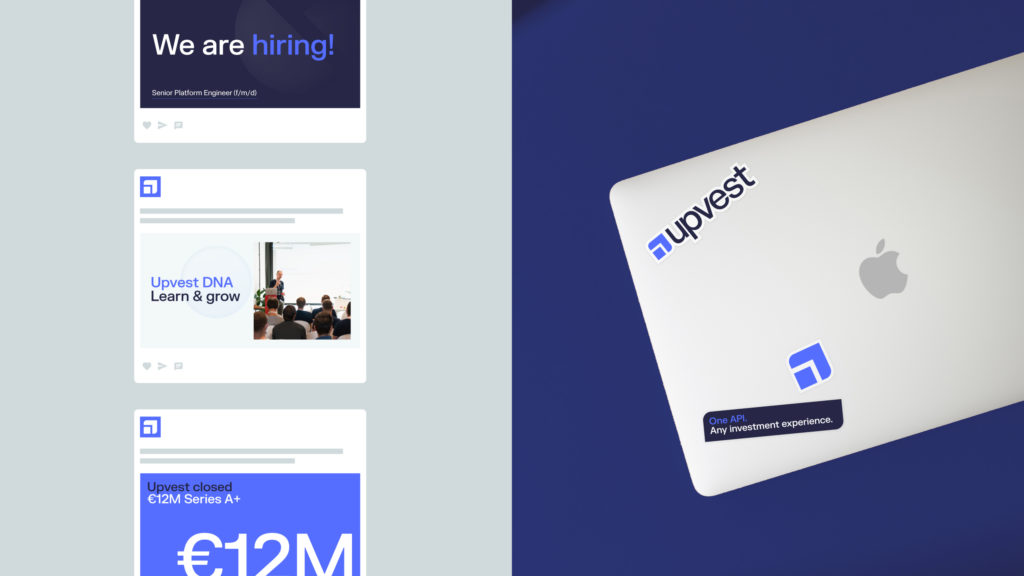
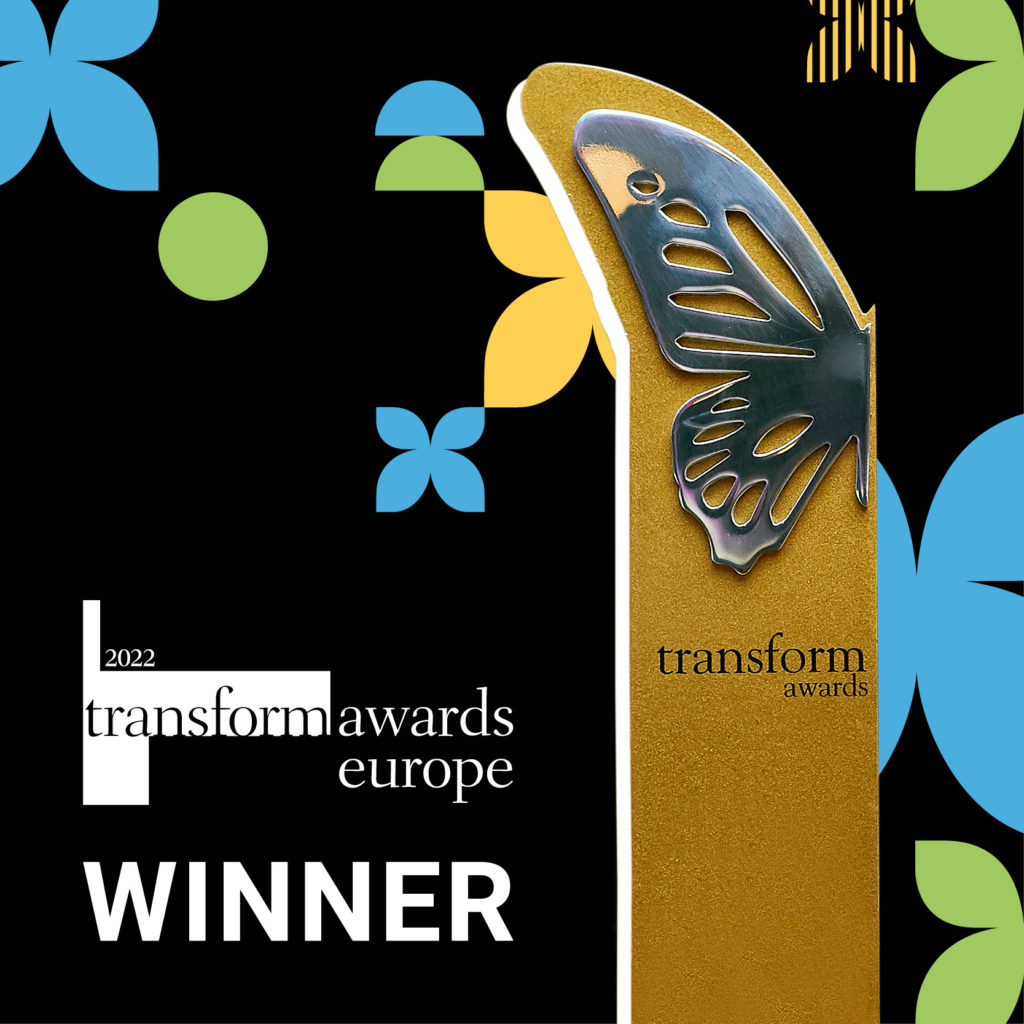
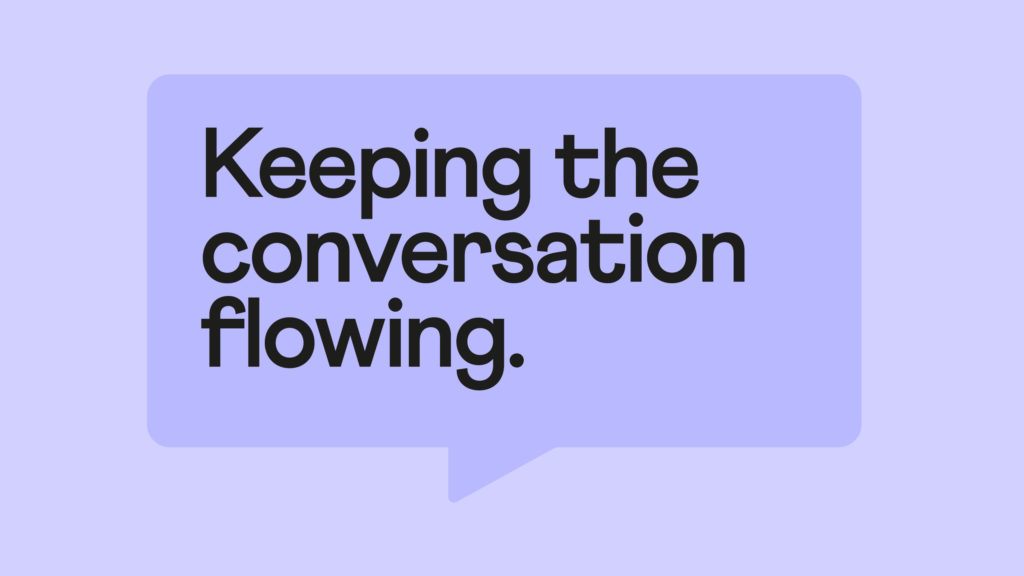
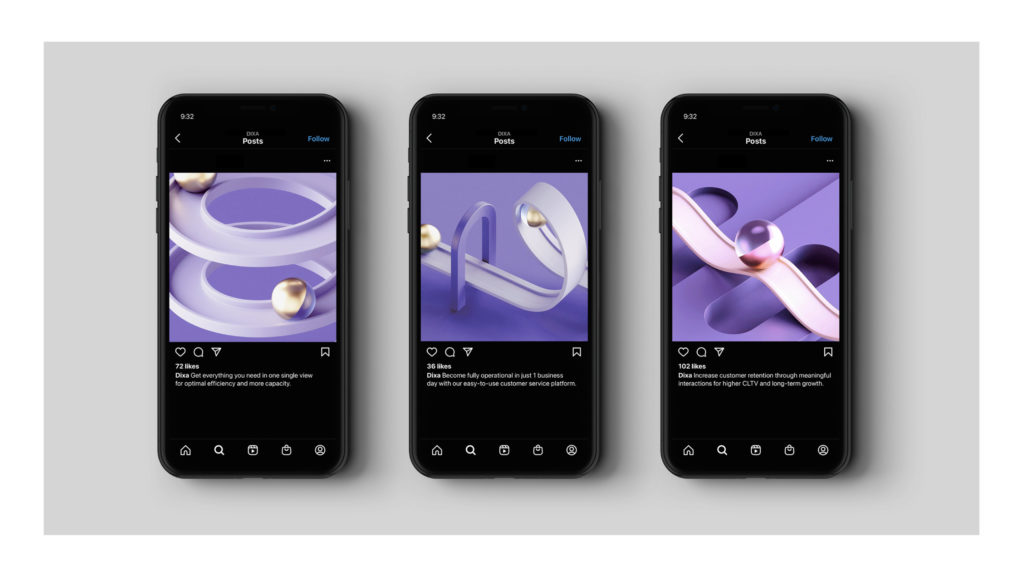
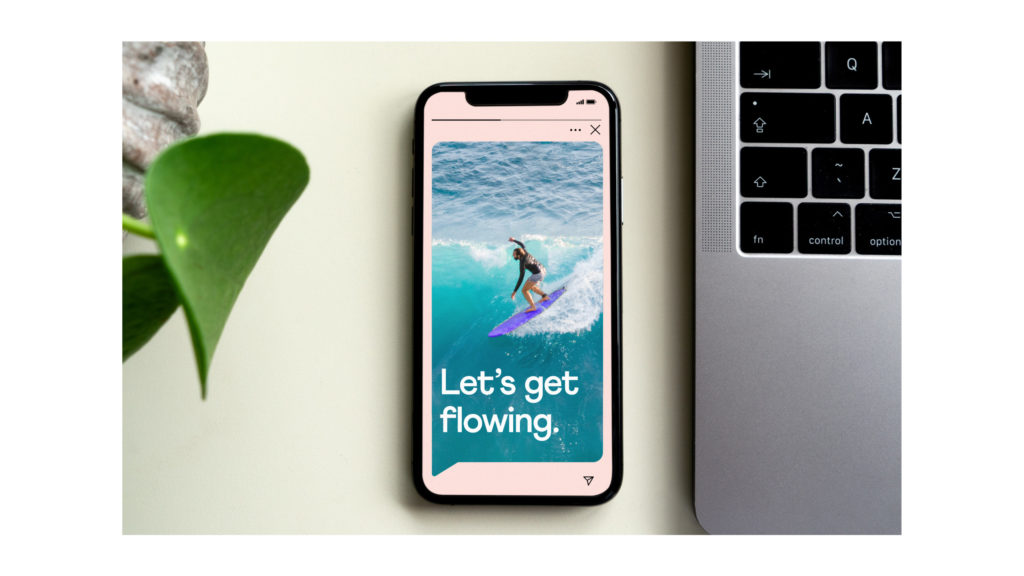
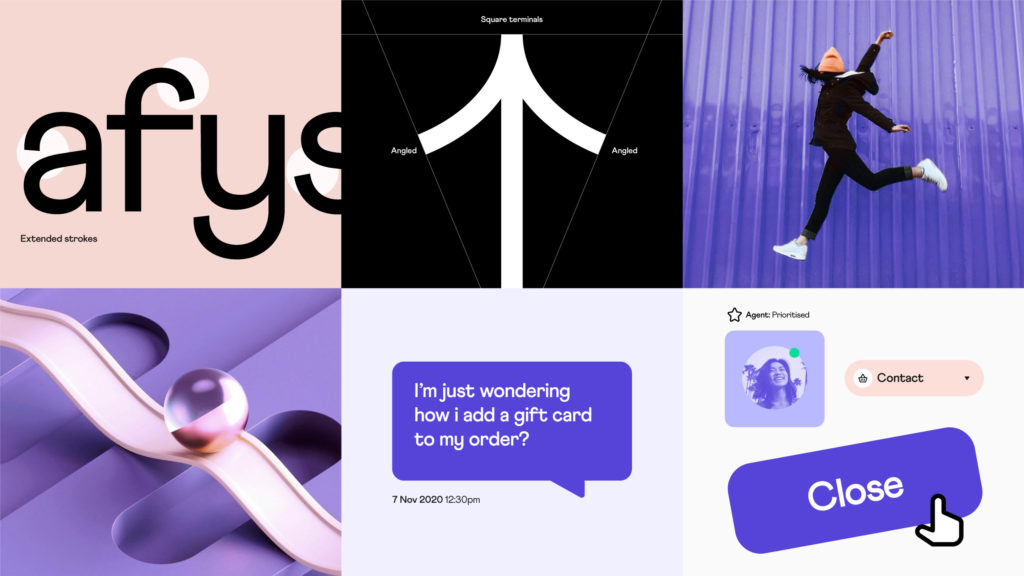
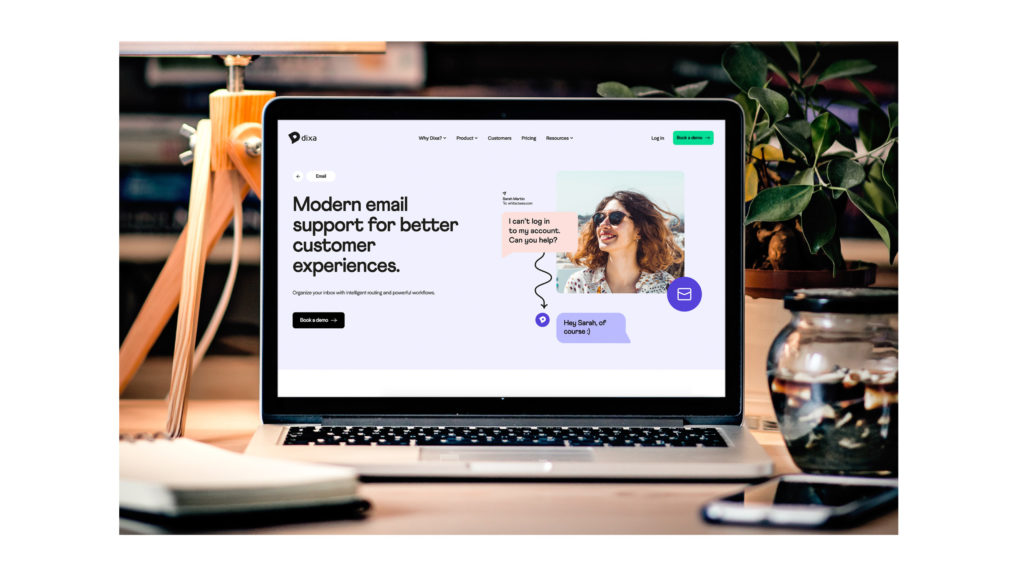
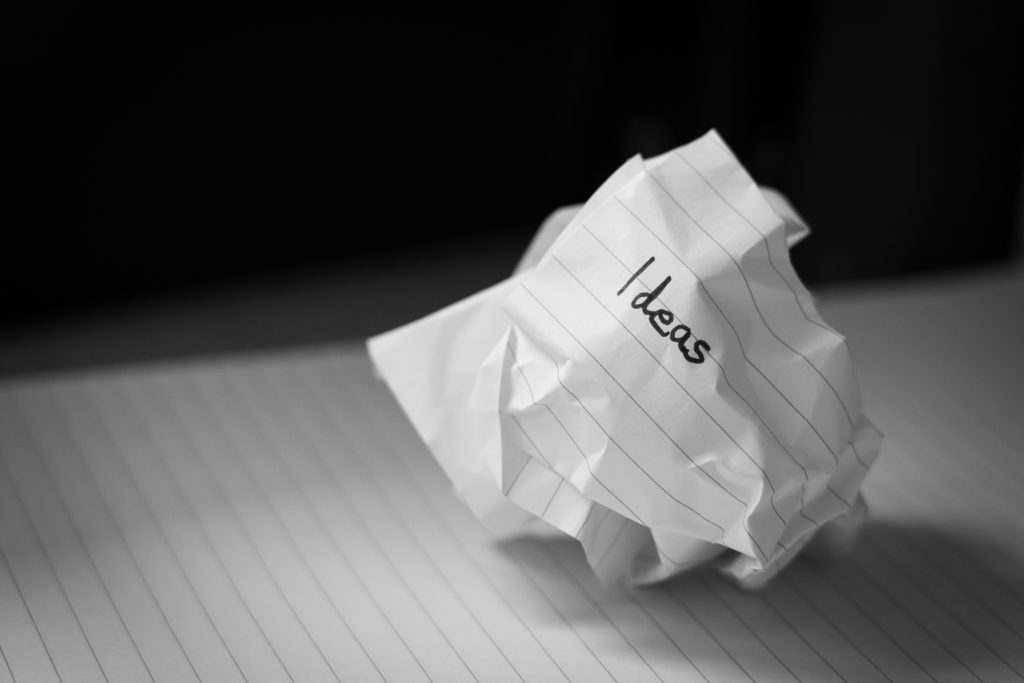

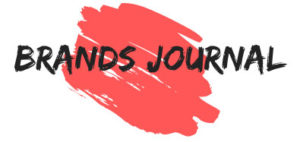


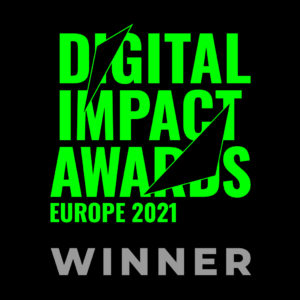
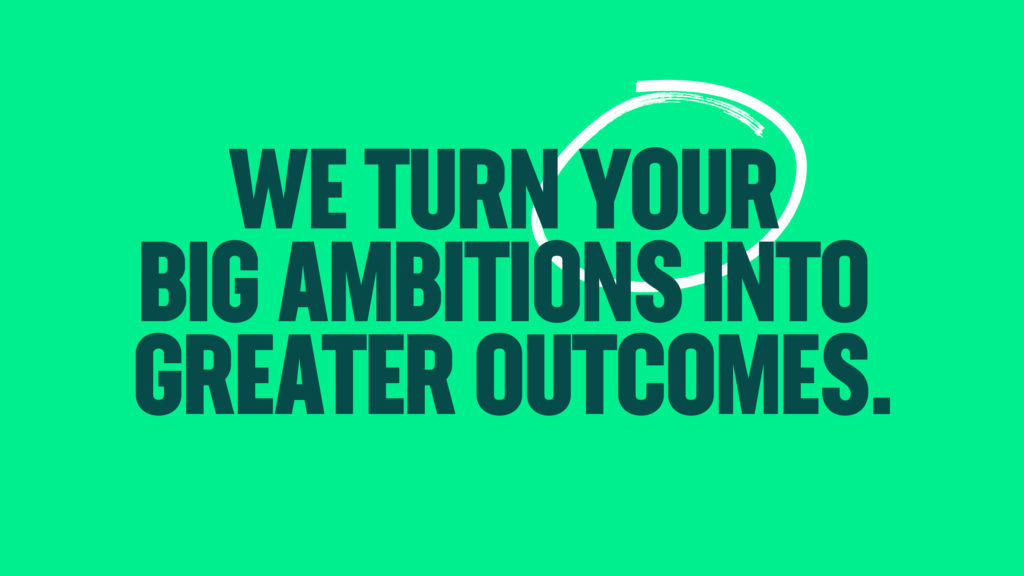
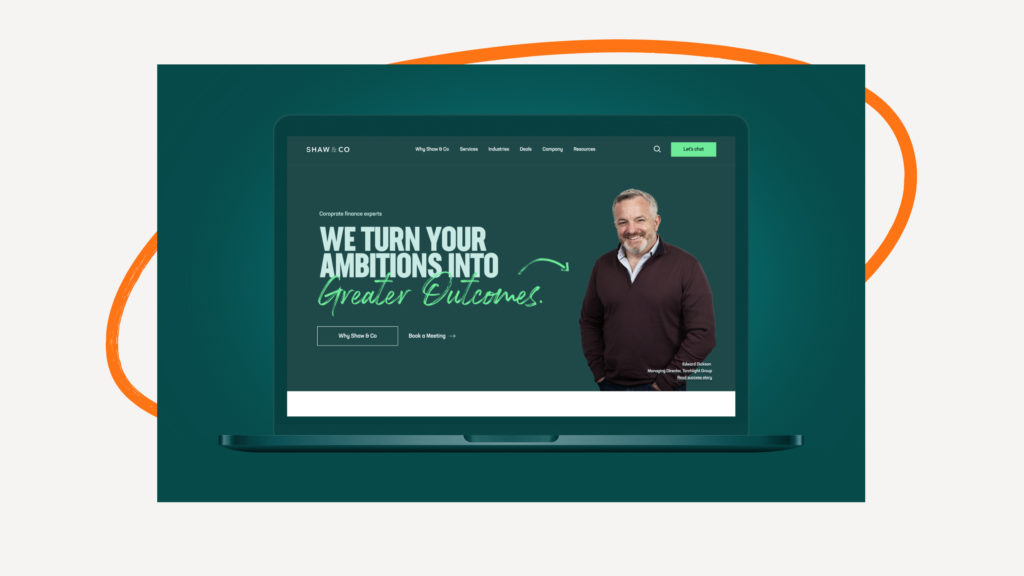
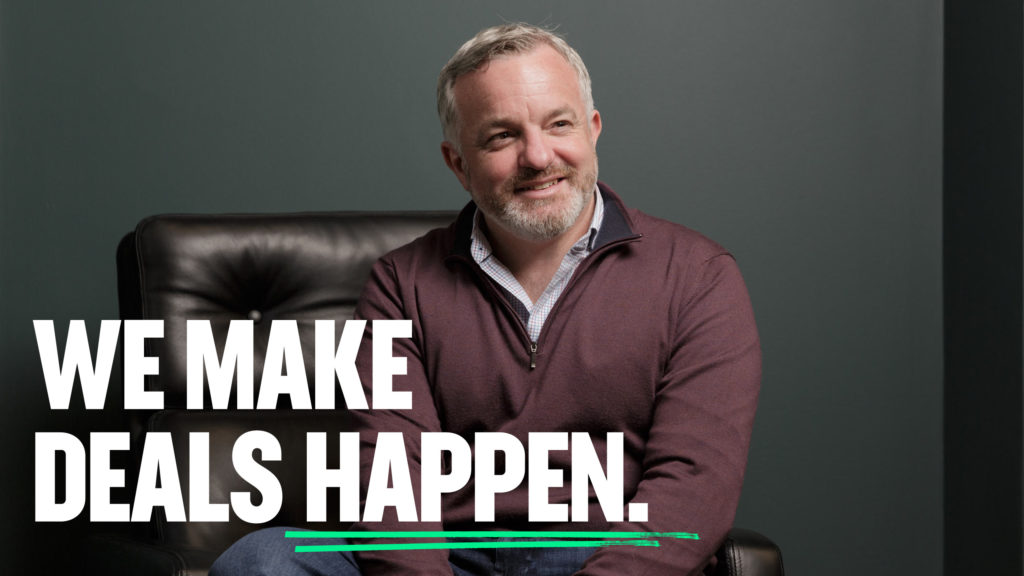
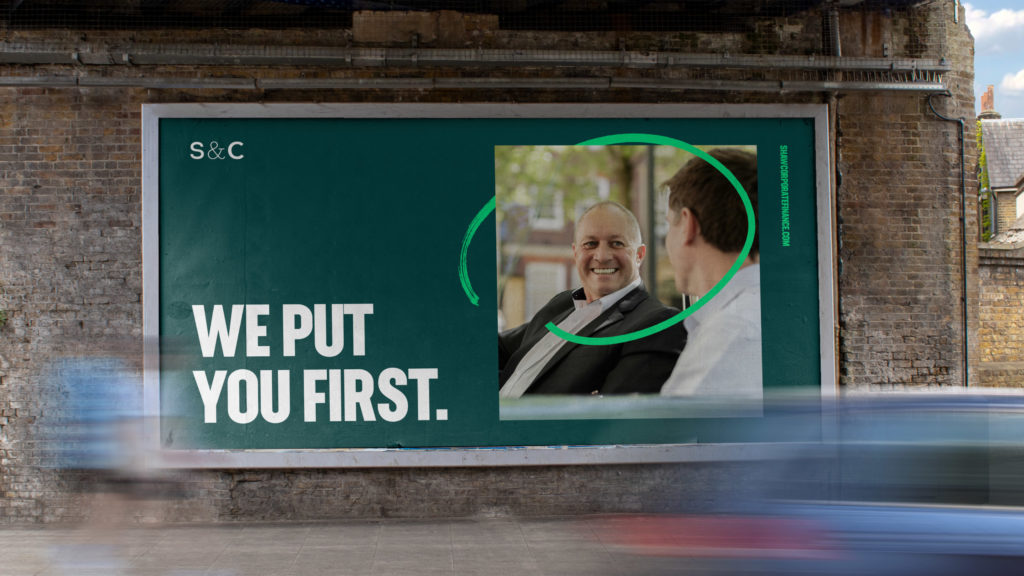
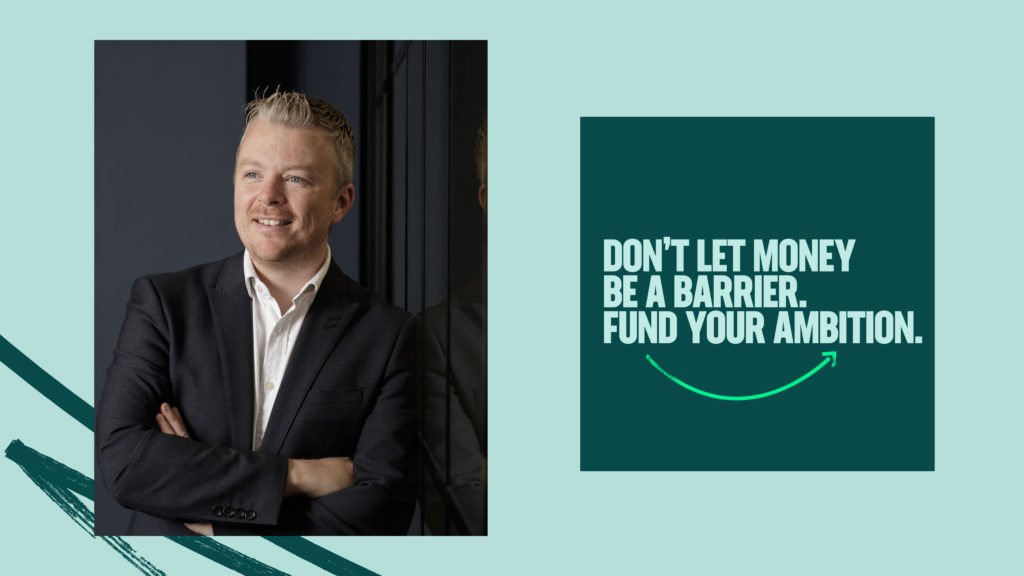
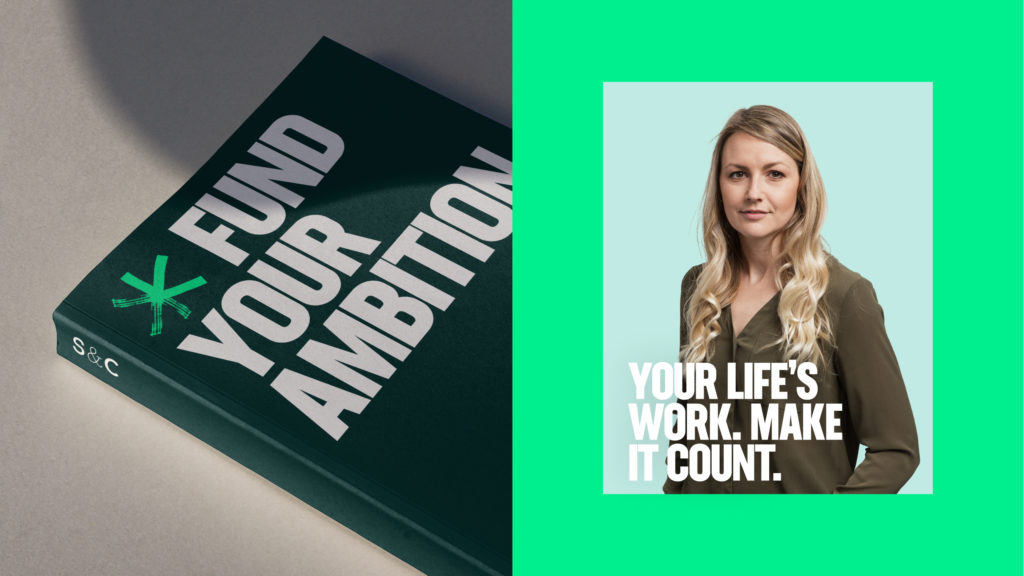

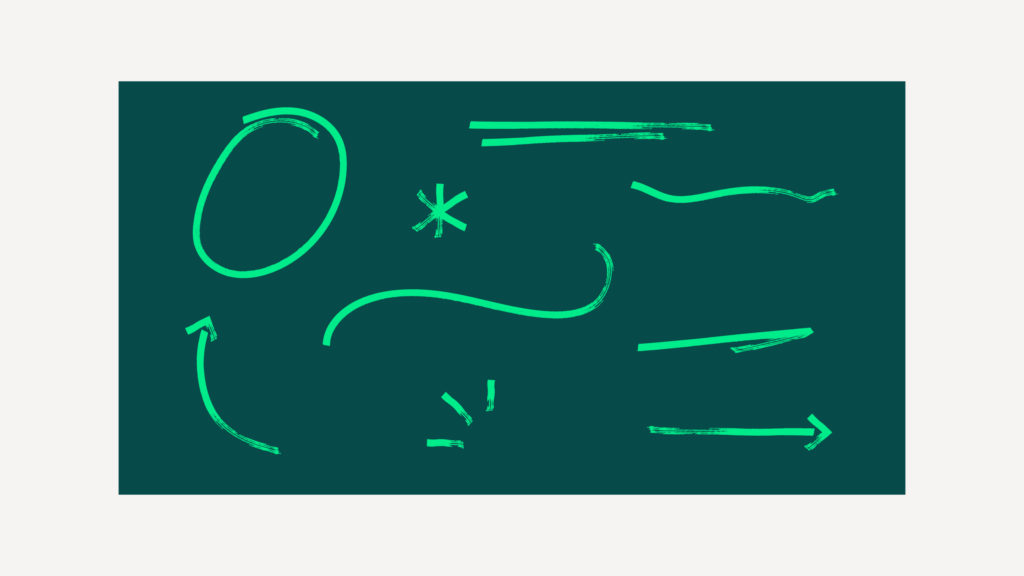

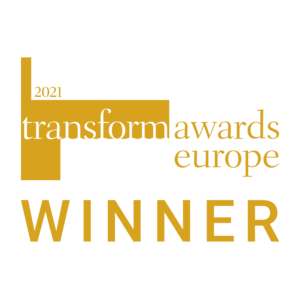

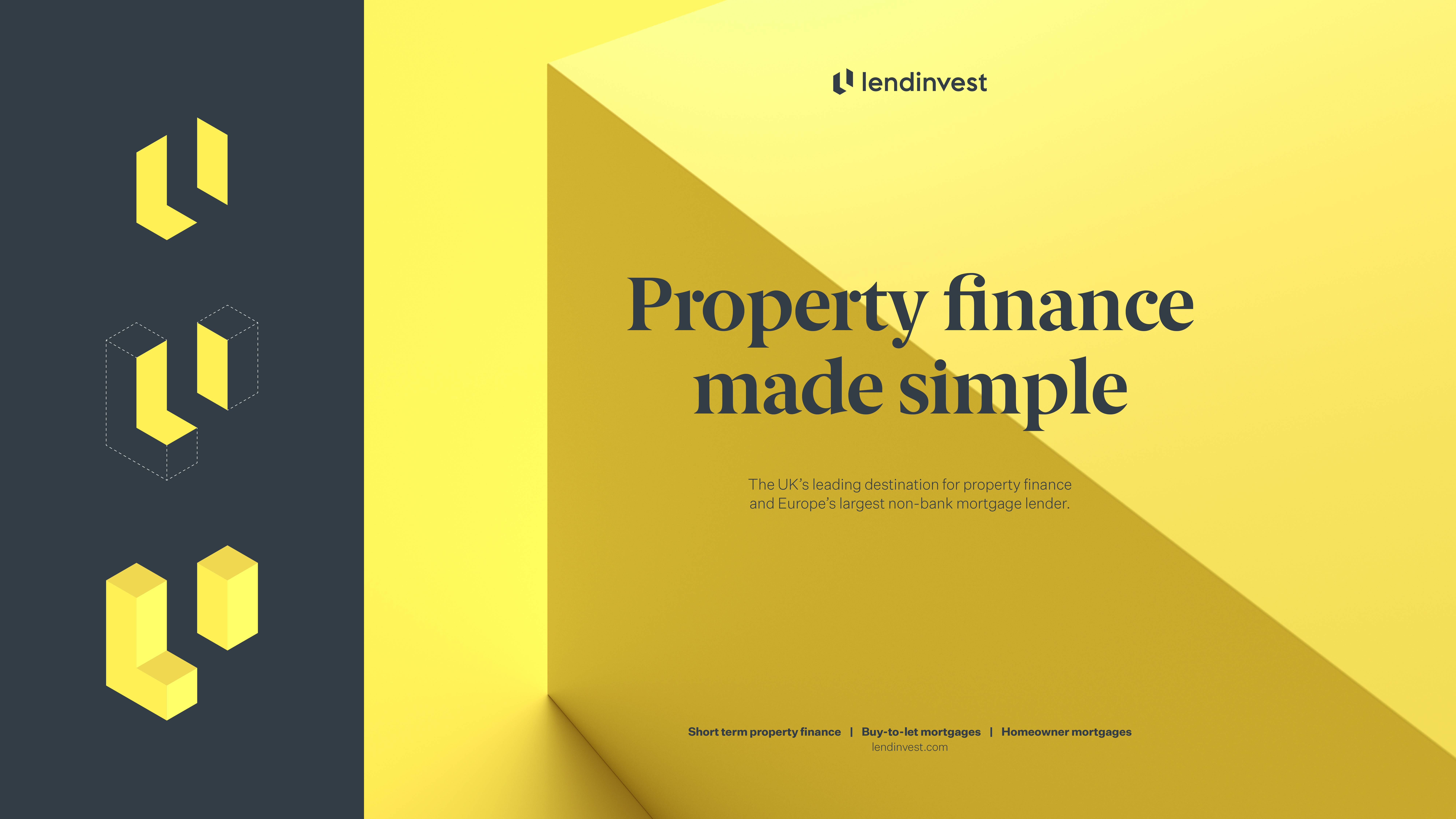
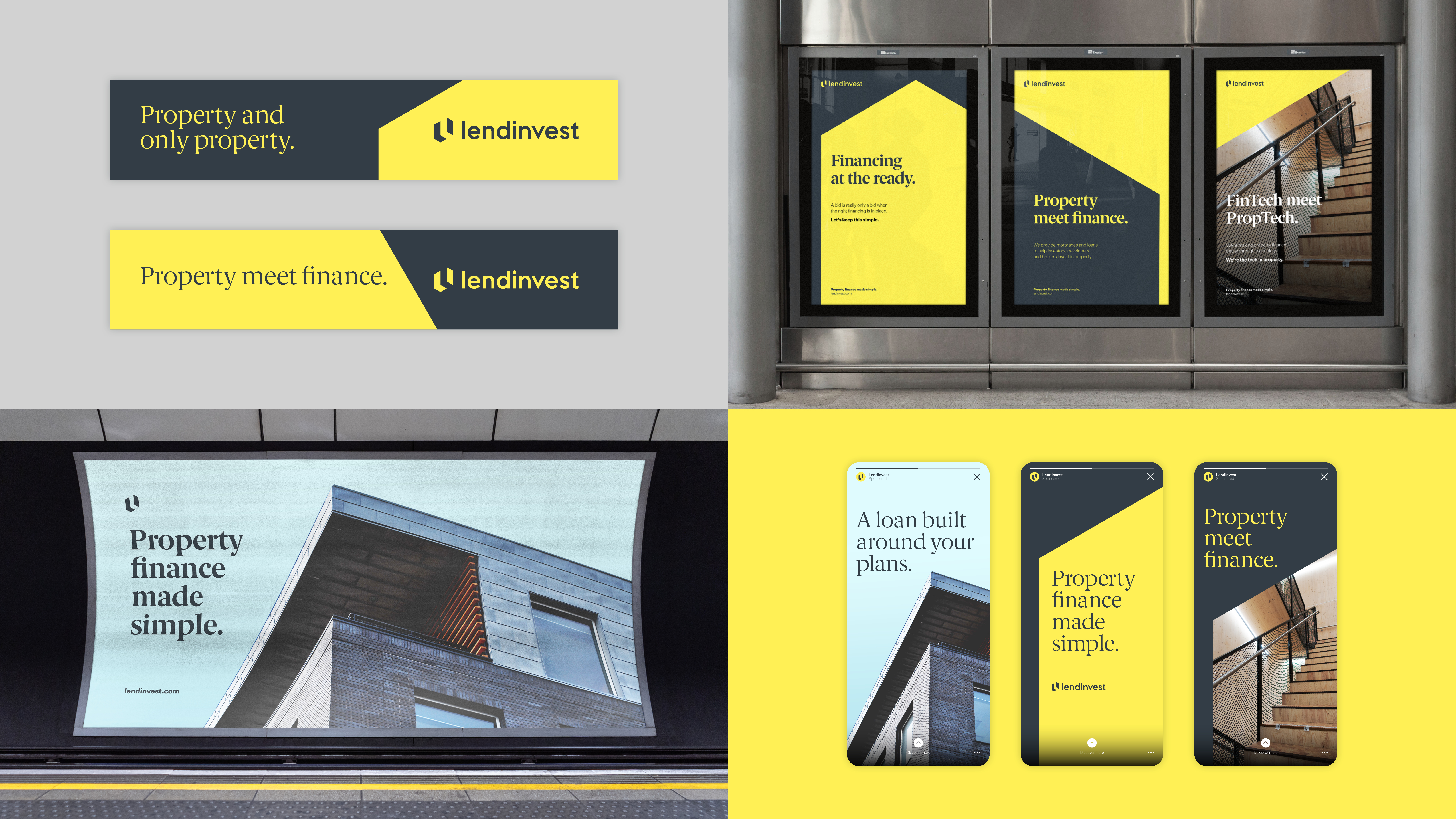
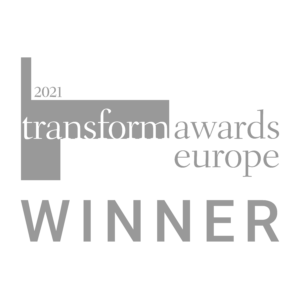

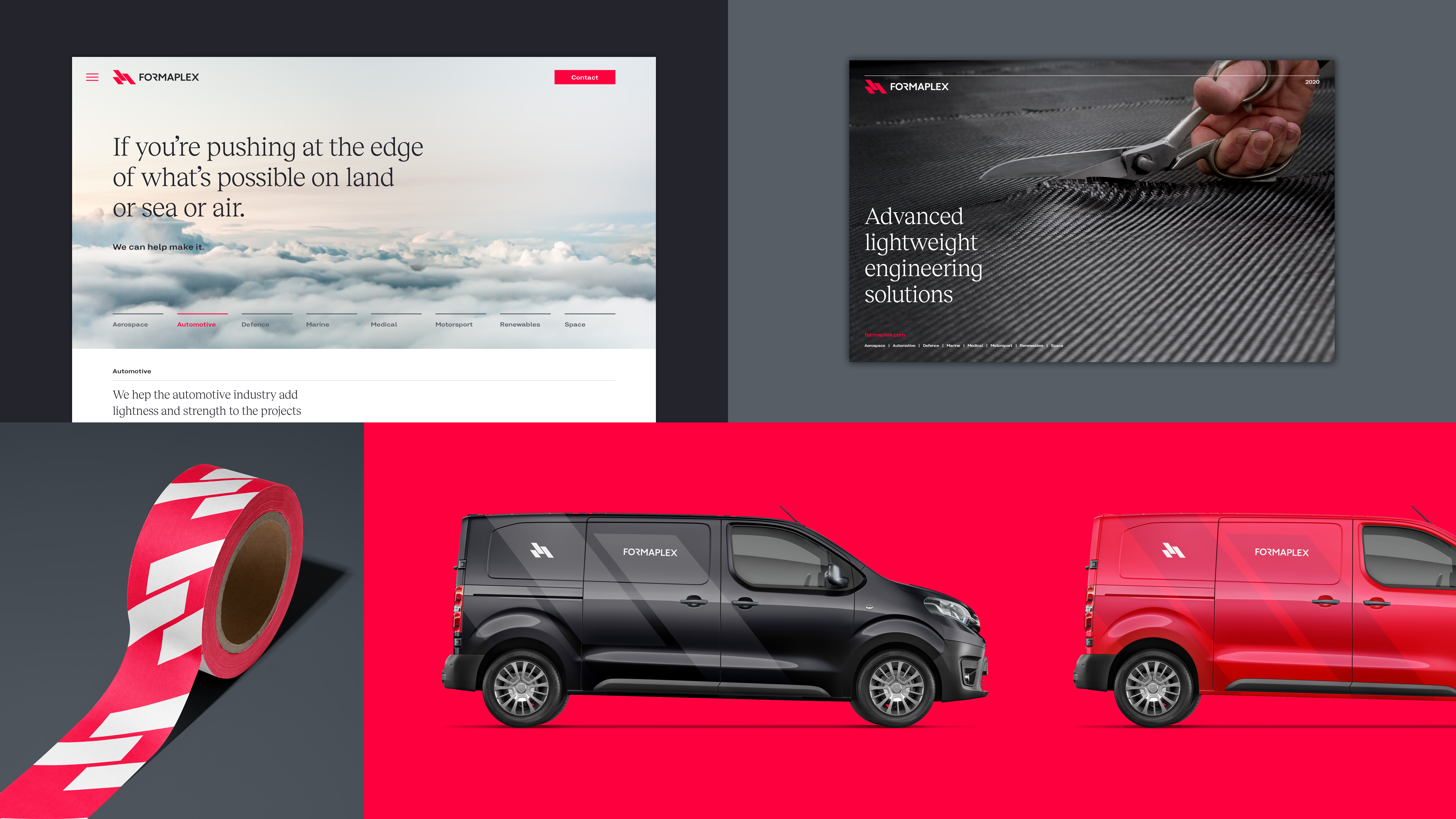
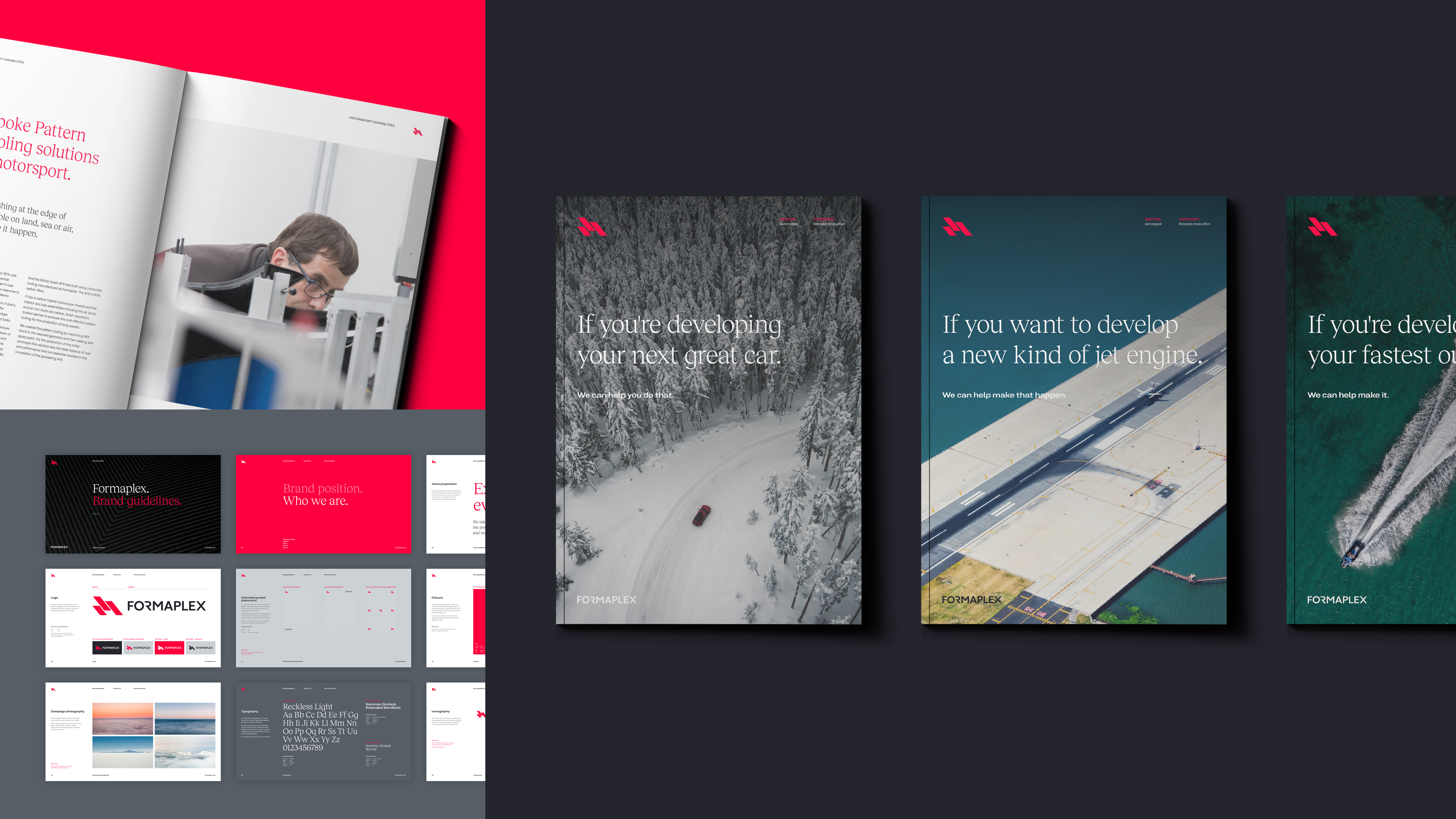
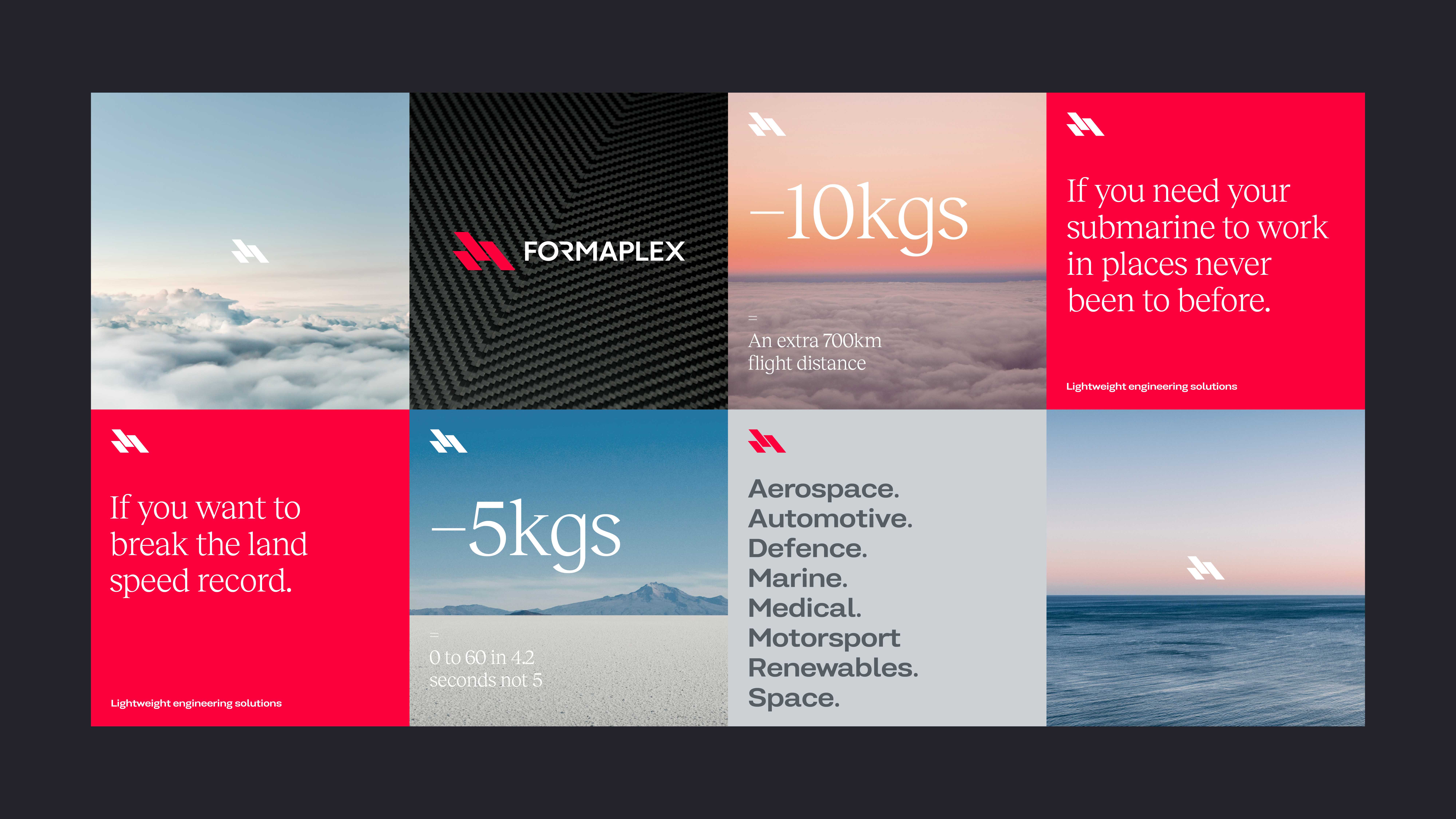


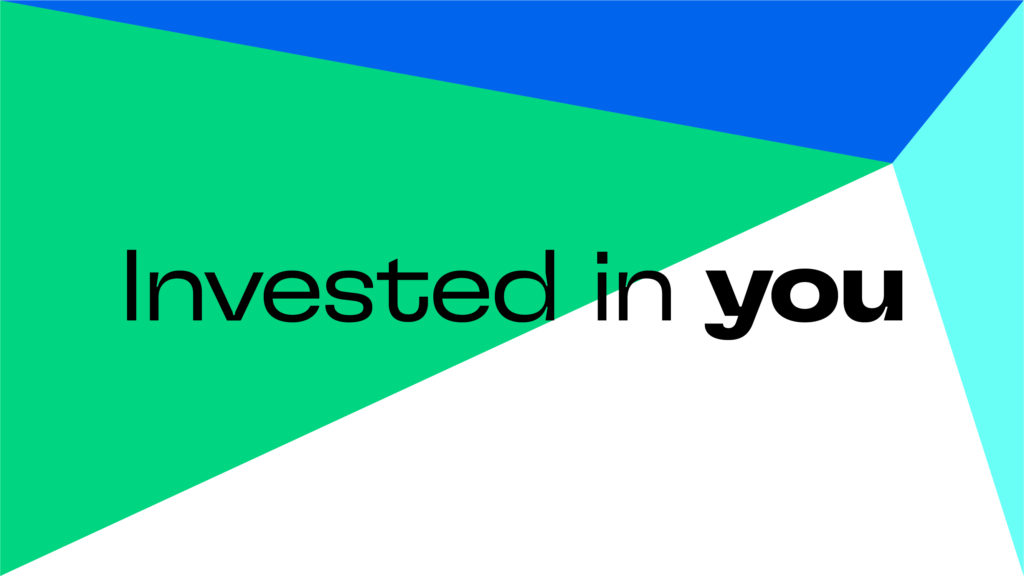
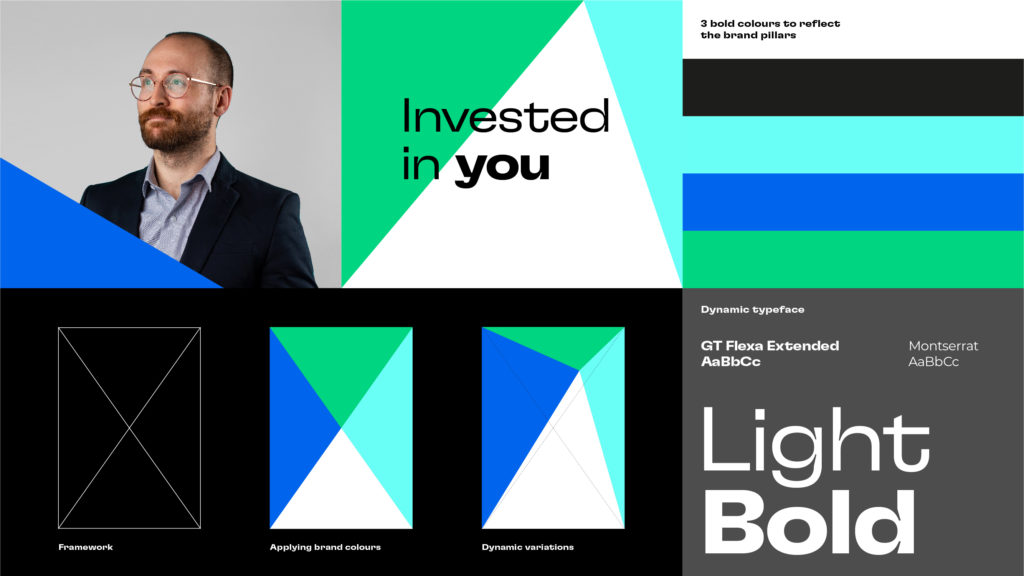
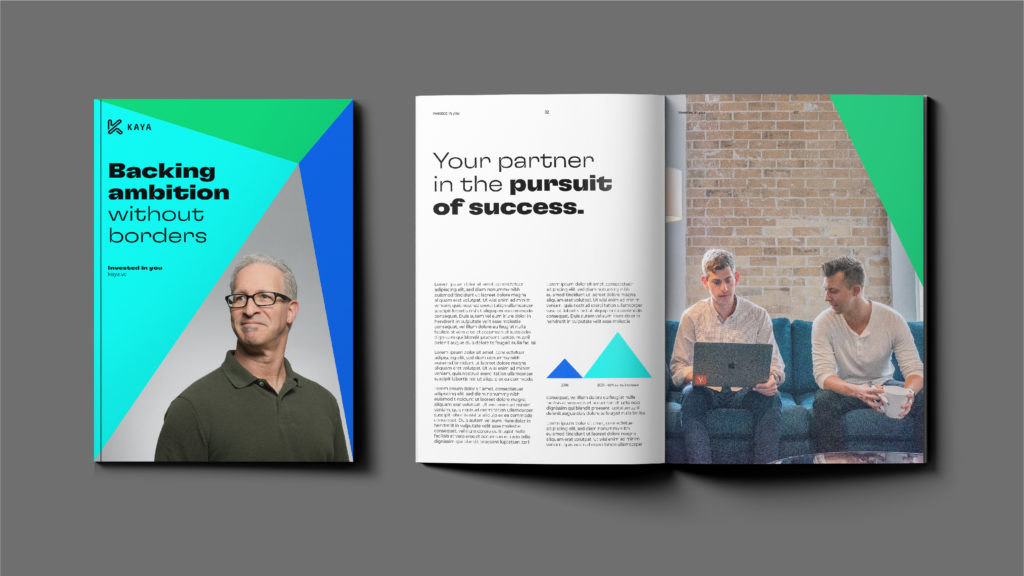
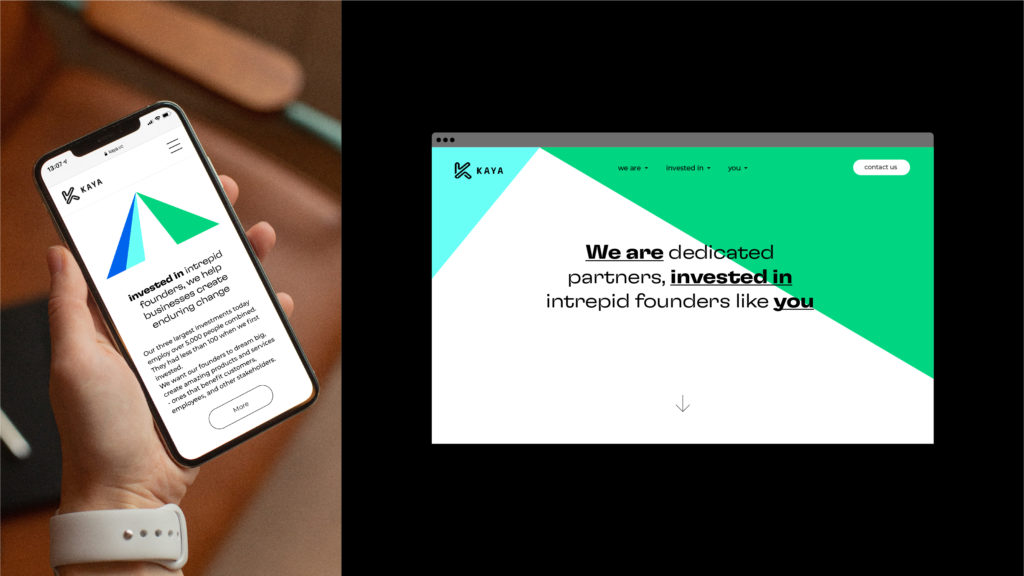
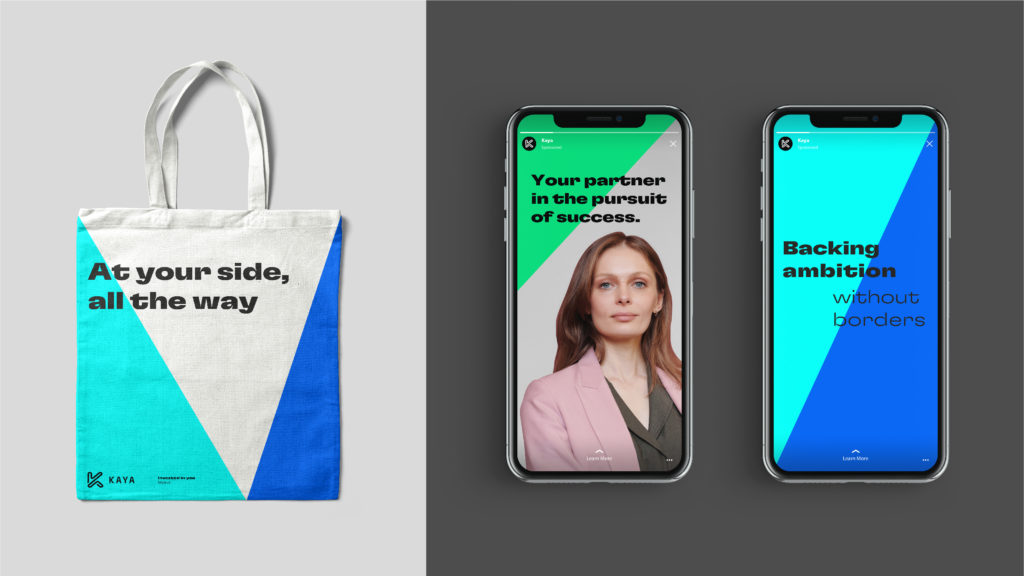
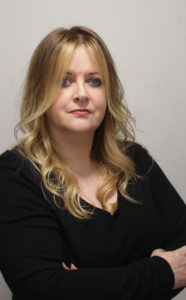

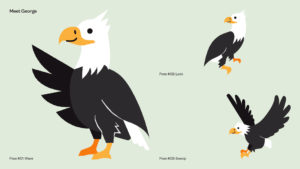
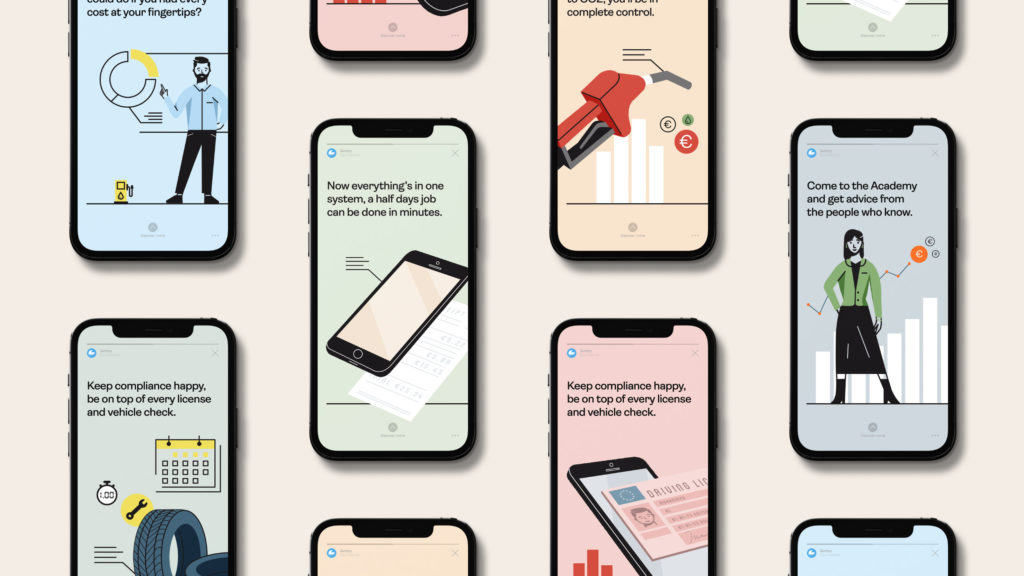
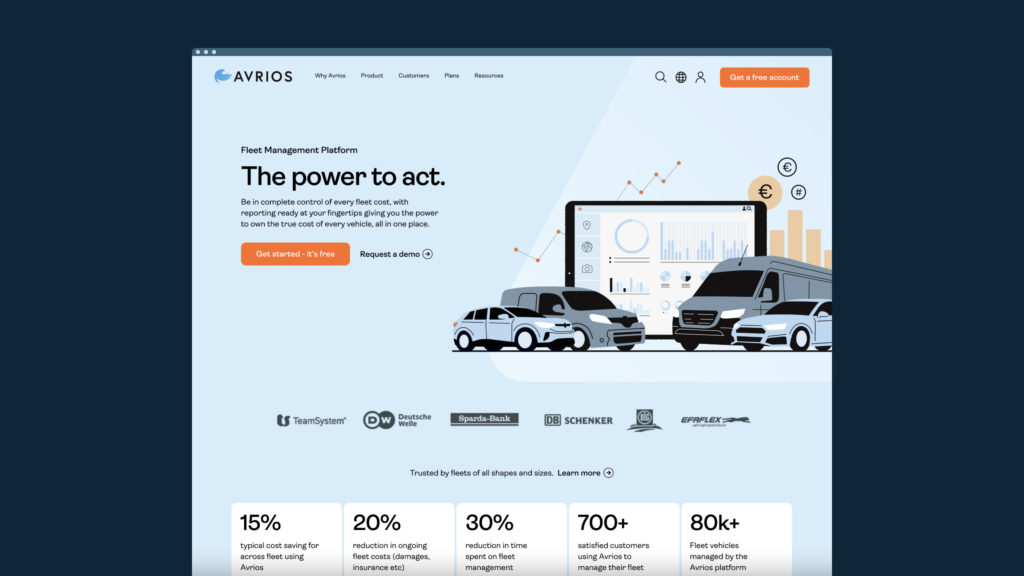
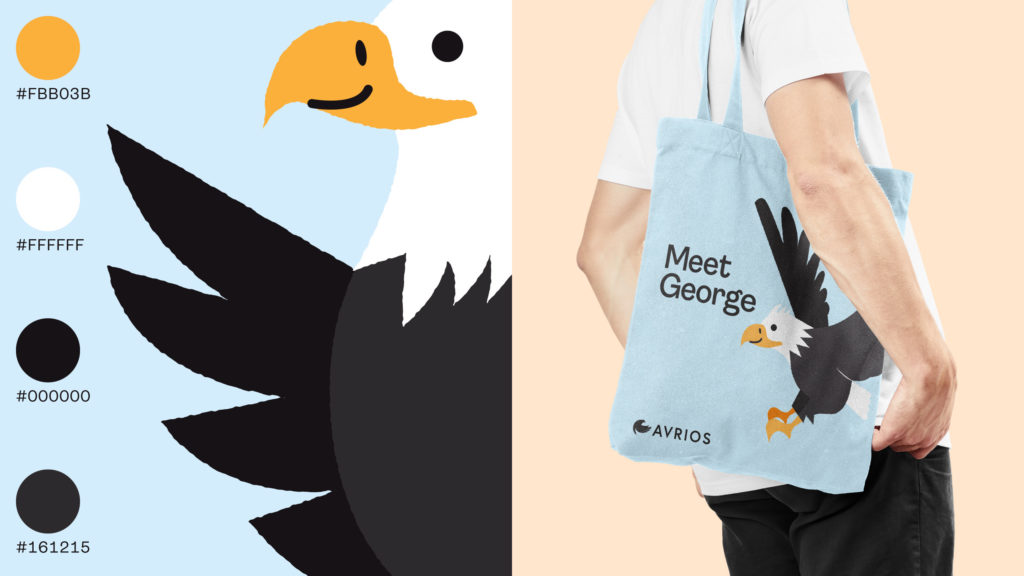
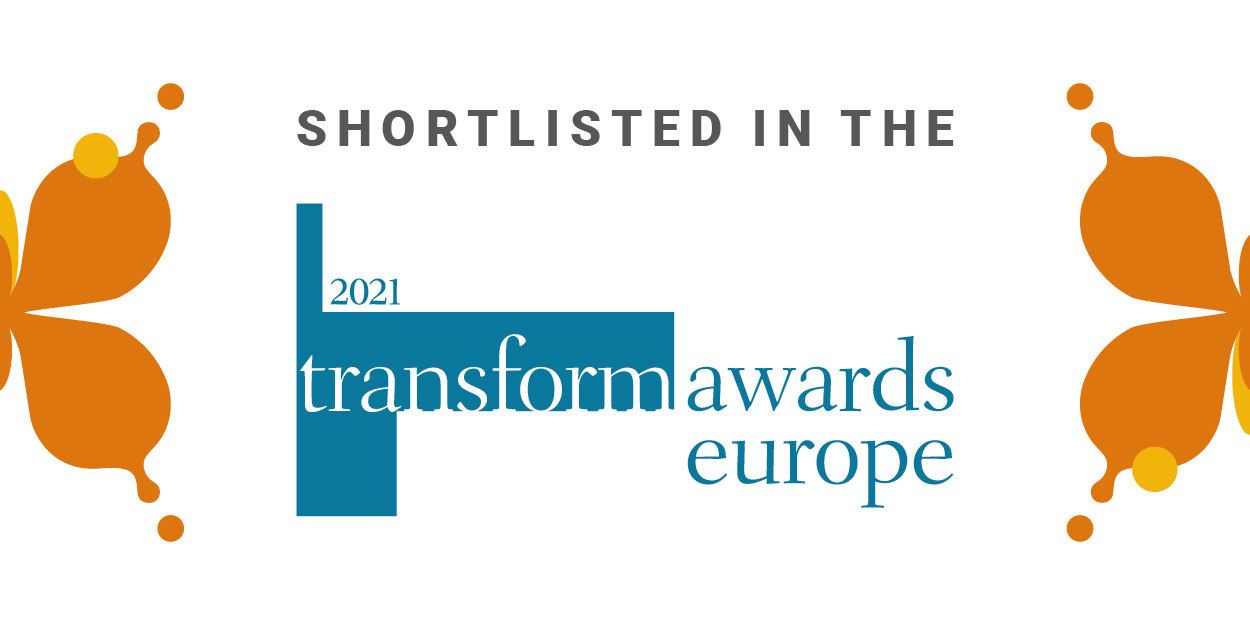
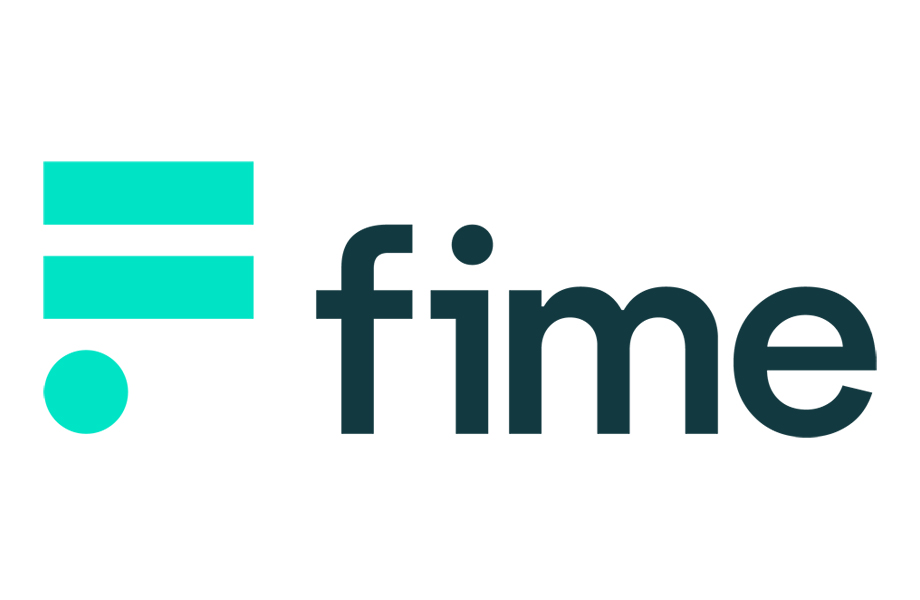 Payments company, Fime appointed Design by Structure (Structure) to develop its new brand. This has come on the back of the company expanding its offering and expertise across its entire business to meet the needs of the payments market.
Payments company, Fime appointed Design by Structure (Structure) to develop its new brand. This has come on the back of the company expanding its offering and expertise across its entire business to meet the needs of the payments market.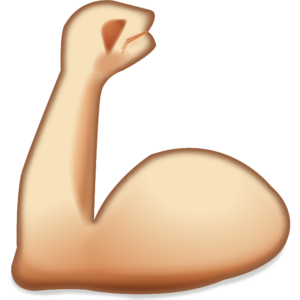
18th November 2020
Create A Healthy Home Office
- Q. How do you make your home office healthy? -
Author: John Galpin, Co-Founder Design by Structure
John Galpin
For those of us who have worked in co-working spaces that encourage mobility and interaction, you need to think about your home office in the same way – think designated zones.
Create multiple workspaces to complete different tasks in different places. For instance, have a quiet space with a closable door for meetings, find a space by a window where there’s a lot of natural light for powering through work, and use the sofa when you don’t want to be by yourself.
You don’t have to be inside all the time – work from your garden in the summer, go for a walk, do conference calls on the move, and get out whenever you can.
And if you don’t have a lot of space at home, then get creative and add new workspaces – a friend’s home, a pub, a coffee shop (when we are allowed again), or a park.
Mix it up and thrive, just like you did when you were in the office.
This comment appeared in Management Today.